Blog
May 7th, 2011
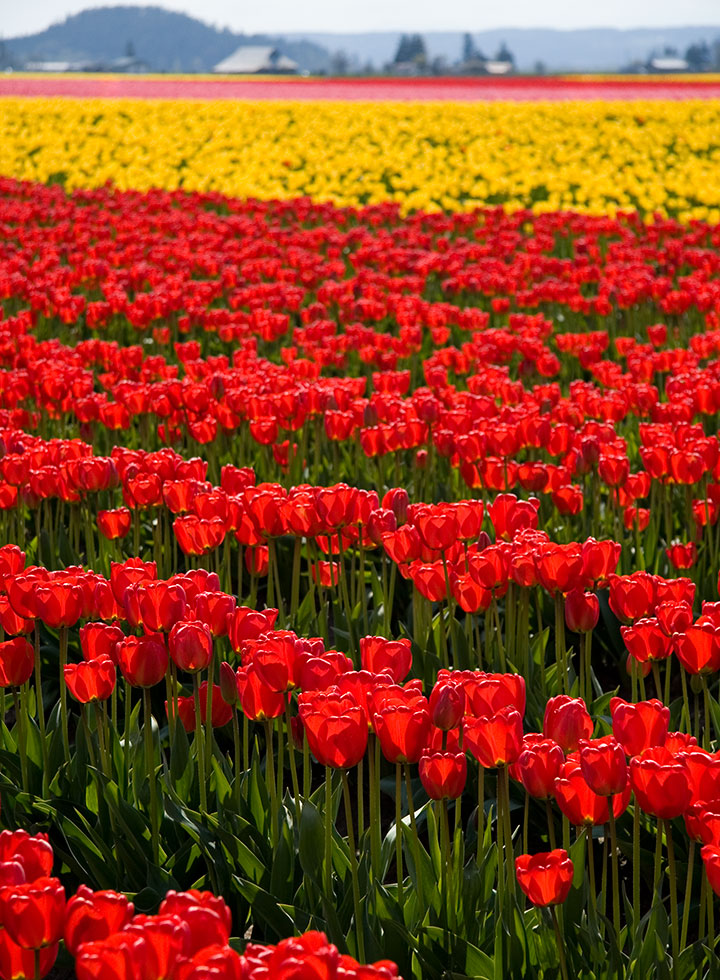
Despite an overabundance of deadlines and studio hubbub lately—well, beautiful spring weather and productivity just don’t mix. Besides, a sunny Friday in the Northwest is basically a license to play hooky. So I took a day off and made my annual pilgrimage up to the Skagit Valley to catch the end of the Tulip Festival.
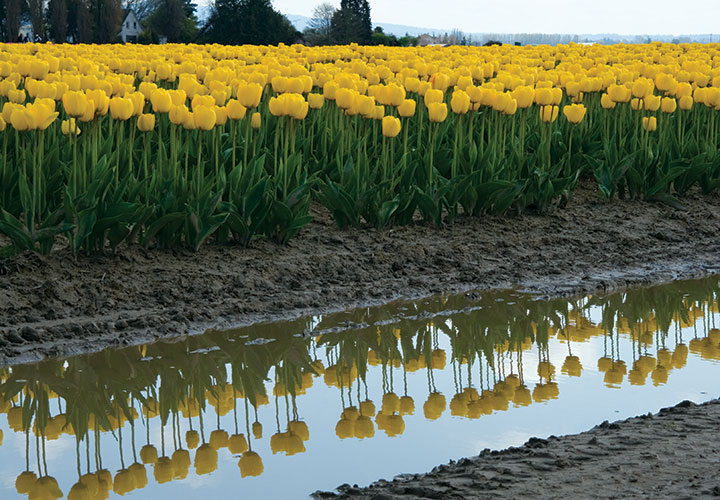
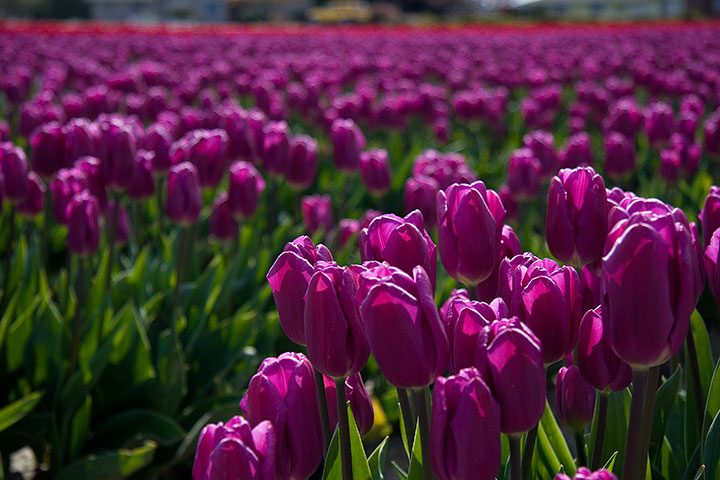
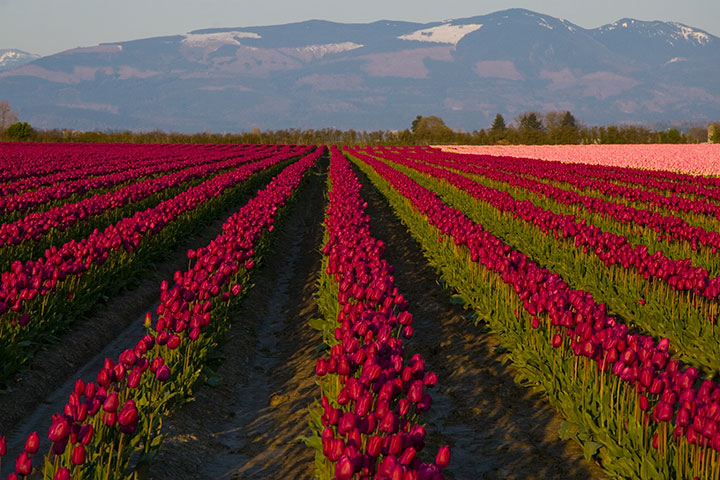
I’m glad I waited this year; not only did the blooms hit a late peak, but the weather was nearly flawless.
Unfortunately, that also meant I wasn’t alone. Finding a shot that didn’t include minivans, port-a-potties, cyclists in DayGlo jackets or entire families striking goofy poses was quite a challenge, and required a lot of waiting and creative cropping.
This time, however, I was interested in far more than just the tulips alone. So I cast a wider net, and found the magic absolutely everywhere I looked. Whenever I wandered away from the fields of pink and red, I seemed to have whole acres to myself.
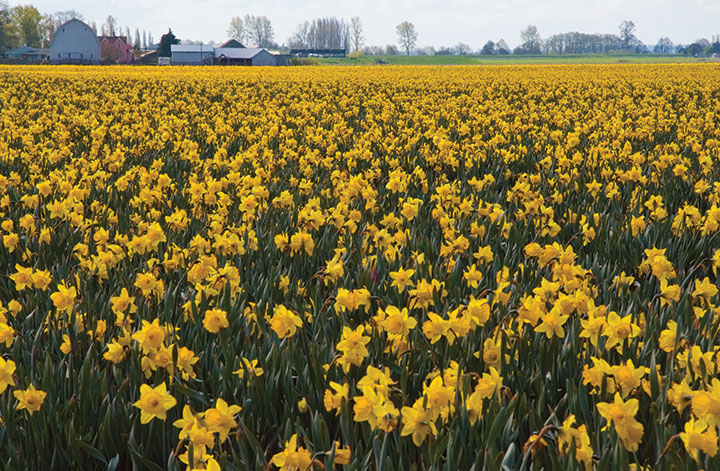
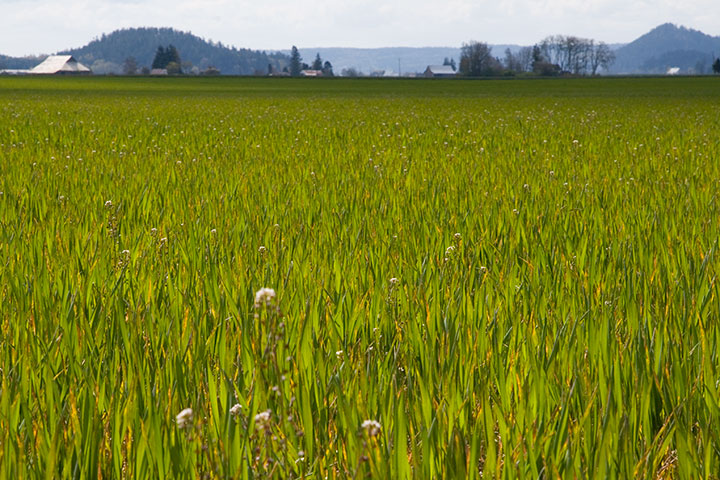
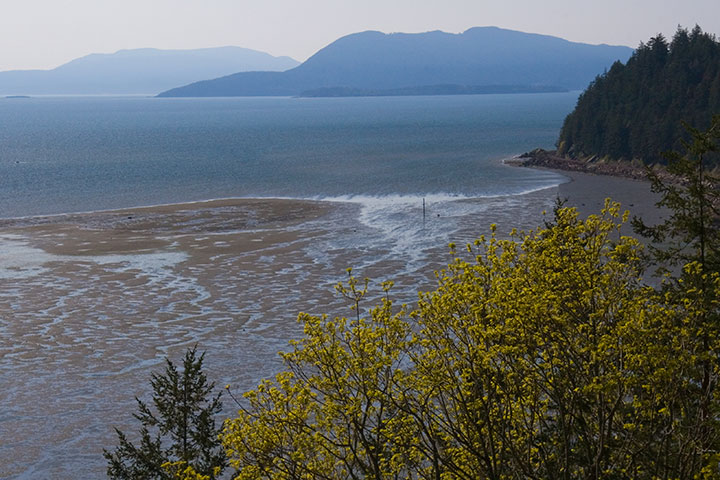
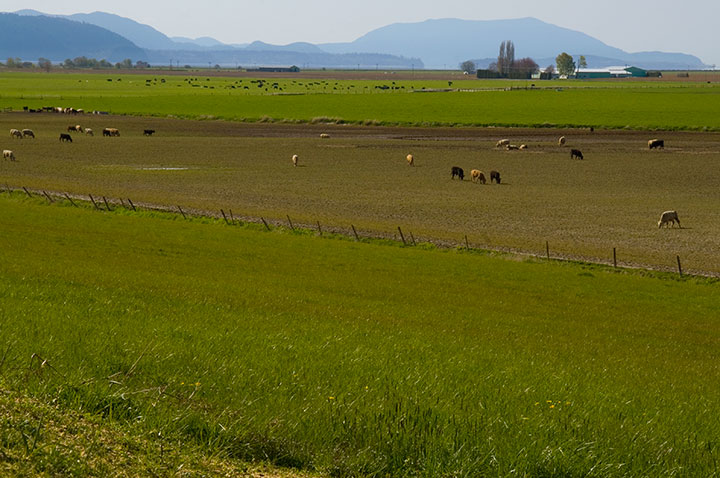
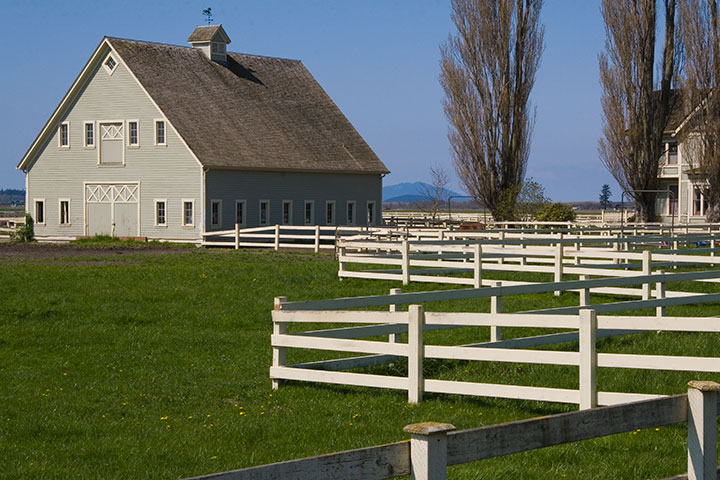
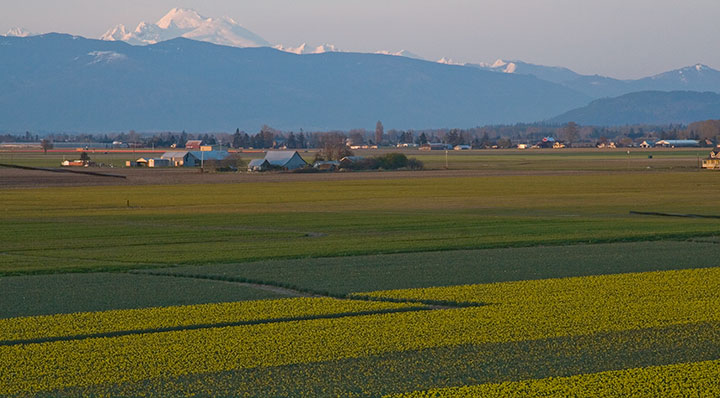
Still, come sunset, the tourists had all gone home, and it was just me, the mountains, and a sea of blooms stretching to the horizon.
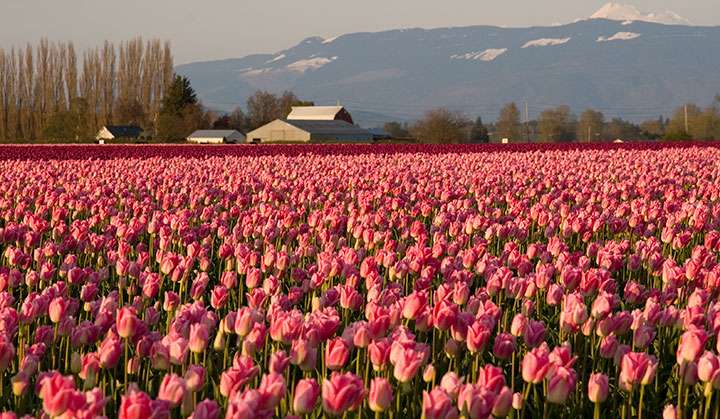
April 19th, 2011
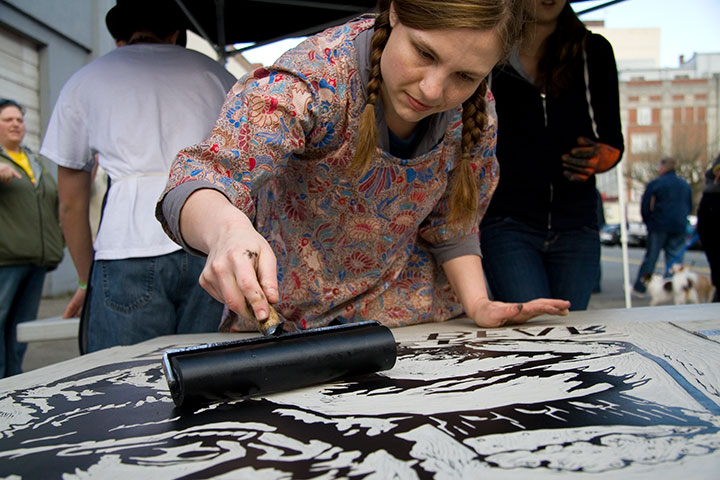
Holy flying gaggles, but we upped the ante this year!
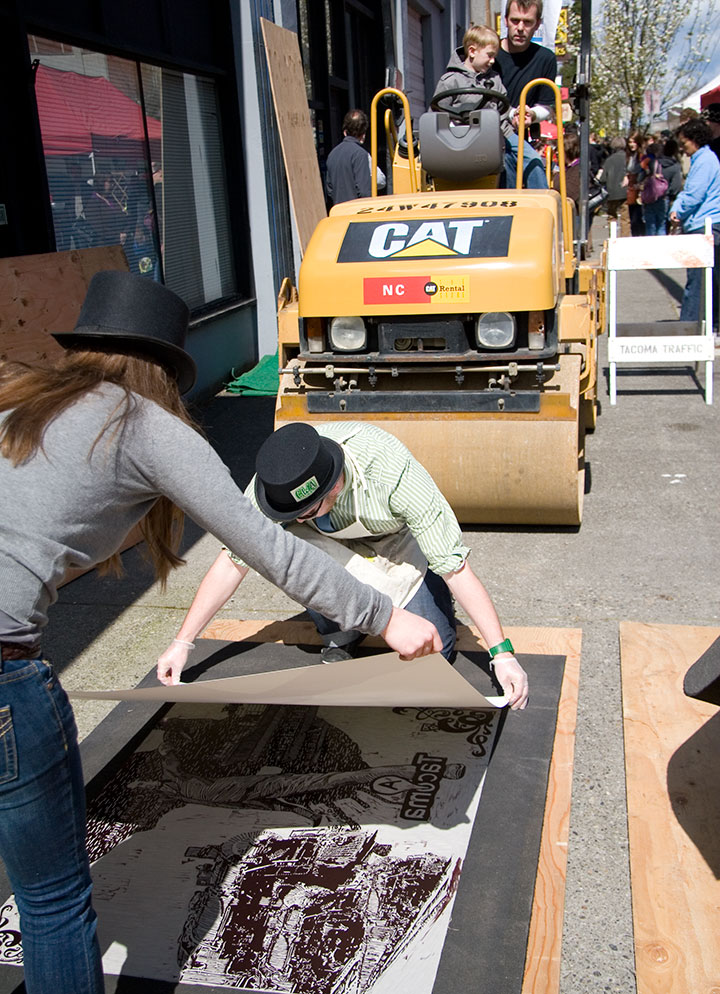
I don’t know if it was the gorgeous sunshine that graced us after literally months of dreary rain—

—or Sweet Pea’s extra-awesome 2011 poncho—
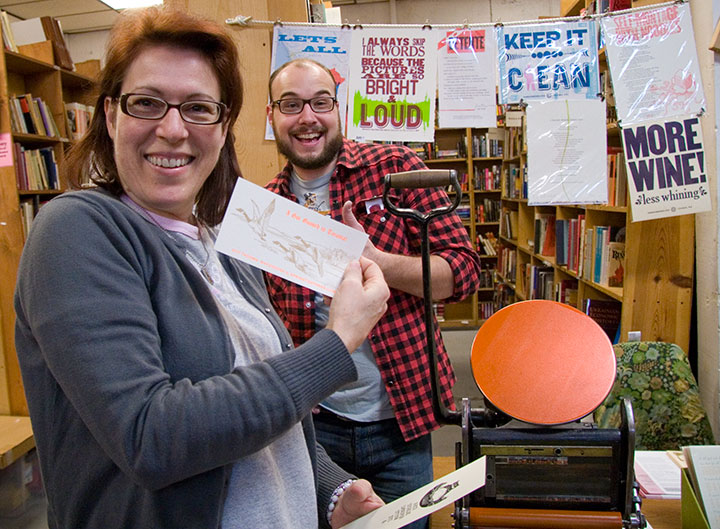
but this year’s Wayzgoose was larger than life.
(In case you’re curious, that little Sigwalt press is inked up to print “I got goosed in Tacoma!” in an eye-frying safety orange that would make any Ducks Geese Unlimited hunter proud. I mean, come on—we have standards. This is some high-brow entertainment here.)
Anyway, speaking of geese…

Ta-daaaa!
As you can see, we took our little Dead Feminists theme somewhat loosely this time. And in fact, we’ve dubbed our print Lucy Goosey, so there! There is a bit of a story behind this one, though. We’ve been equal parts amused and annoyed by the recent crafty and pop-cultural trends involving moustaches and putting birds on things—and for months I’ve been threatening to put a moustache on a bird on something, just to prove a point. I don’t know what that point is, exactly, but I figured it was time to put my moustache where my mouth is.
Which reminds me:
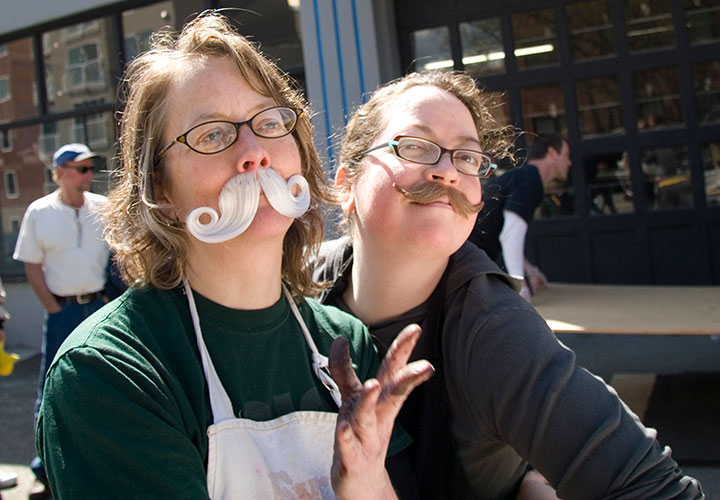
we weren’t kidding about the ‘stache wax. Hey, if you’re going to go, go all out.
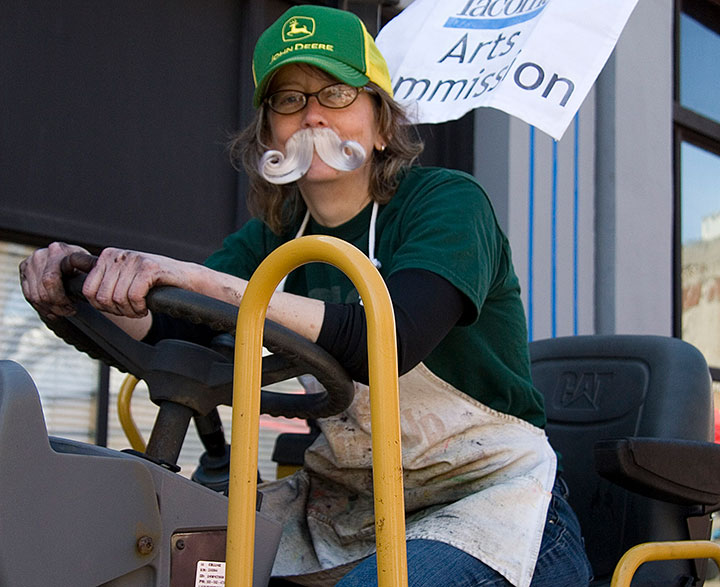
Jessica seemed perfectly at home while operating heavy machinery and sporting a full-on Wilford Brimley look—
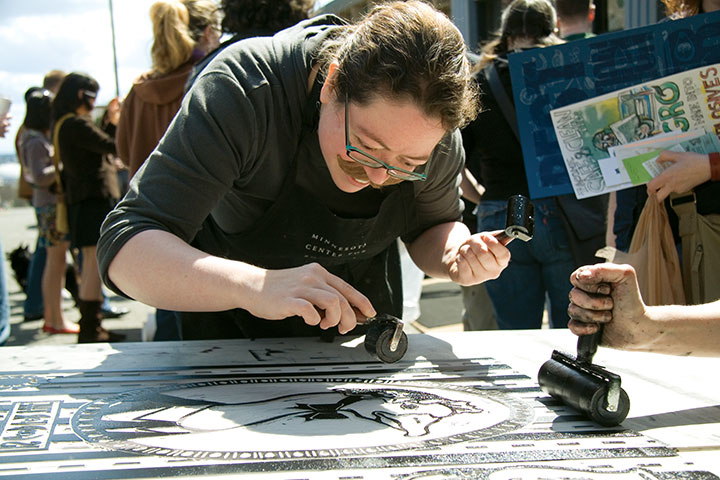
I mostly just looked like Ned Flanders. Good God, but that mustache looks real on me. Sheesh!
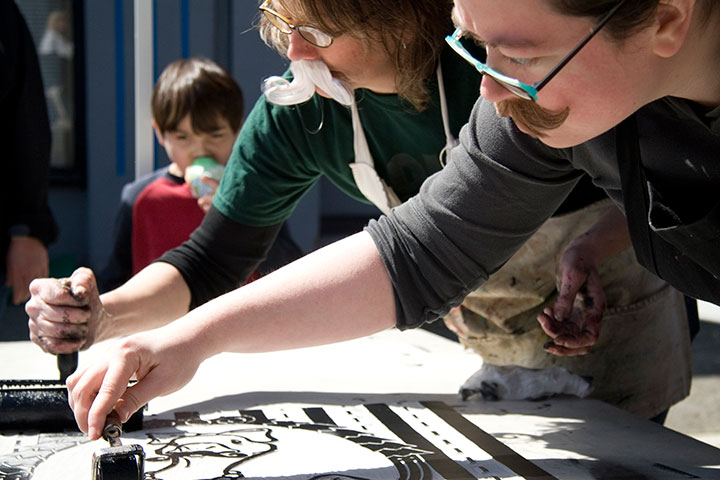
That’s okay, though—synchronized inking is serious business, and we don’t mess around.
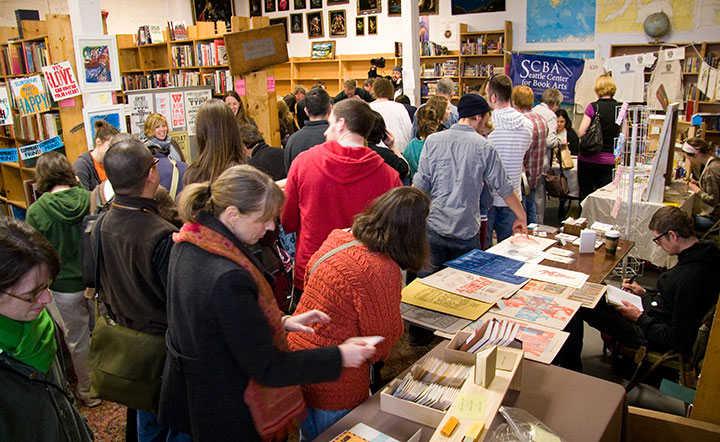
Many, many thanks to all the supporters, enthusiasts and volunteers who turned out in droves;

to Katy Meegan and Mary Holste for snapping ‘stache shots for us;

to King’s for being the host with the most;
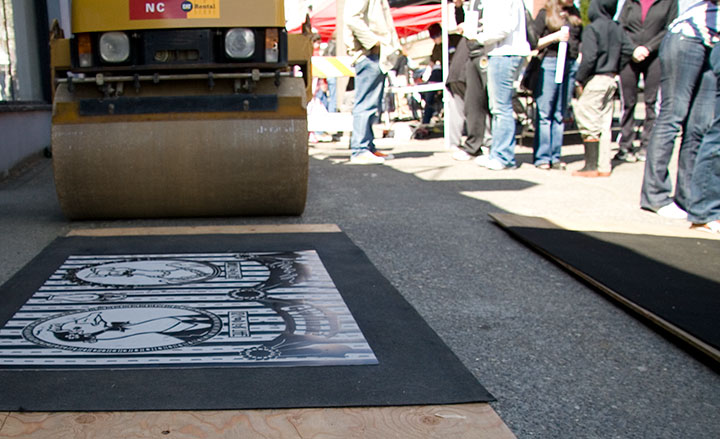
and to the Tacoma Arts Commission for sponsoring our steamroller shenanigans.
So … tell me.
Is it too soon to start cookin’ up next year’s ‘goose?
January 20th, 2011
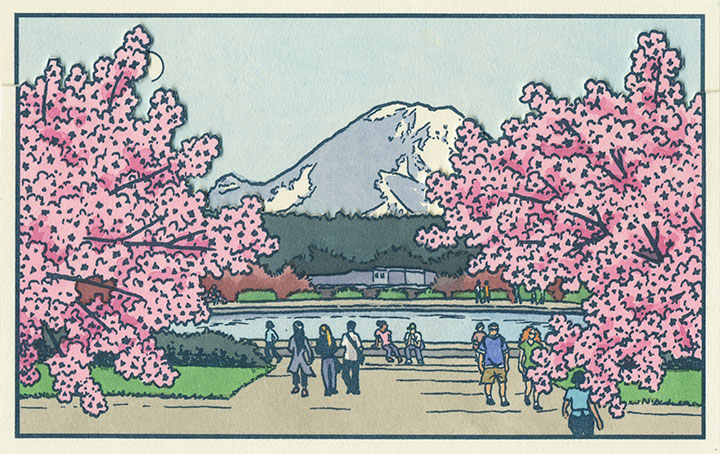
A composite of two image flats from the book.
Anyway, after a good, long run, my Local Conditions exhibit is closing tomorrow afternoon, and this week I’ve been revisiting some of my favorite images from the book. This one always gets me thinking about how much a city can change over the course of a century, and how for a newcomer like me, that change isn’t always apparent. There aren’t always little plaques or signposts to tell you what used to exist where you’re standing now—or even any evidence at all of how things used to be.
This scene depicts the Drumheller Fountain (also known as Frosh Pond), located on the University of Washington campus in Seattle. Incidentally, on my first trip to the Northwest almost exactly four years ago, I was standing on this very spot when I saw Mt. Rainier for the first time. This is where the idea for the book first struck me—although at the time it was a very different, and much simpler concept. And at that moment, I had no idea that the view itself had a history all its own.
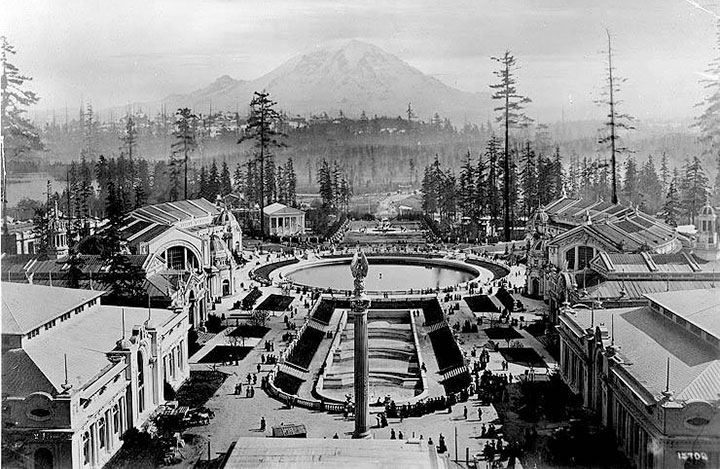
AYP and Camp Harmony images courtesy of the University of Washington Library
This is Frosh Pond in 1909, when it was called Geyser Basin (part of the so-called “Arctic Circle”), and when it was not a part of campus, but the centerpiece of the University’s predecessor, the Alaska-Yukon-Pacific Exposition.
An event similar to a World’s Fair, the A-Y-P showcased the natural and economic resources of the Pacific Northwest with pomp and splendor. To mirror the purpose of the exposition, the fairgrounds (designed by the famous Olmsted Brothers) brought the region’s greatest symbol into stunning focus. This so-called “Rainier Vista,” culminating in the Arctic Circle, helped draw in 3.7 million visitors over the fair’s four-month duration.
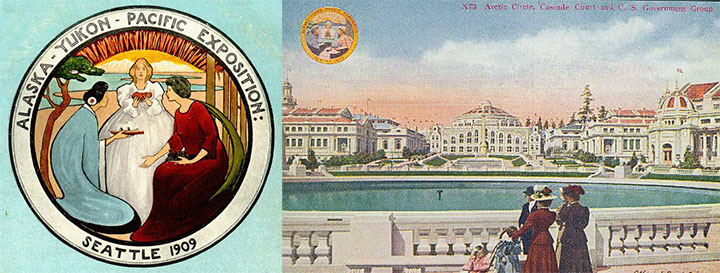
Very little evidence remains of the A-Y-P fairgrounds today (much to my chagrin); the vast majority of the fair’s buildings were temporary, and even the landscape design of the modern University has all but obscured the original layout of the A-Y-P grounds. But the Arctic Circle is still there, and when you step out from behind a row of blooming cherry trees in the spring, the Rainier Vista still hits you with full force.
Speaking of fairgrounds, closer to T-Town is another historical remnant—this time, however, instead of a long-past event with only a marker left behind to hint at what was, these fairgrounds still hold to their original purpose today.
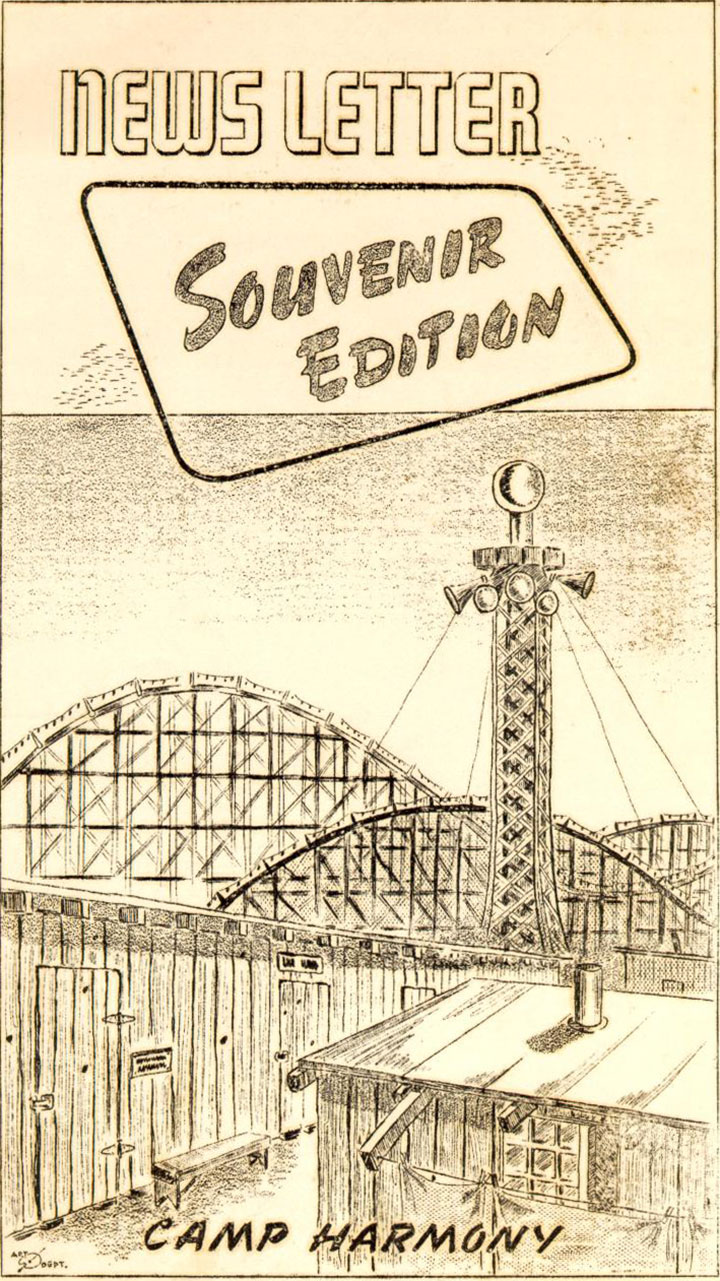
Illustration by Eddie Sato, Camp Harmony inmate and “staff” artist.
I’m talking about the Western Washington Fairgrounds in Puyallup, which are still in operation (though the event is now called the Puyallup Fair—that’s pronounced “Pew-AL-up”). In 1942, the U.S. government evicted, rounded up and imprisoned over 100,000 Japanese Americans living on the West Coast; the internment began with the forced migration of families living on Bainbridge Island, across the Sound from Seattle.
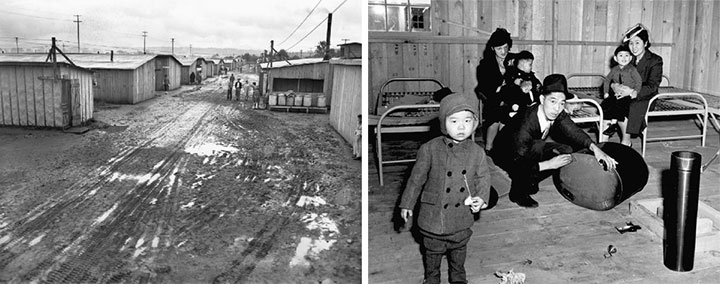
While they awaited the construction of permanent internment camps further inland, many Japanese Americans were sent to temporary “assembly centers” to coexist in cramped barracks with other families, often in substandard living conditions. Thousands of Washington’s interred residents were sent to the assembly center nicknamed “Camp Harmony,” hastily constructed on the fairgrounds in Puyallup, right alongside the fair’s permanent buildings and rides.
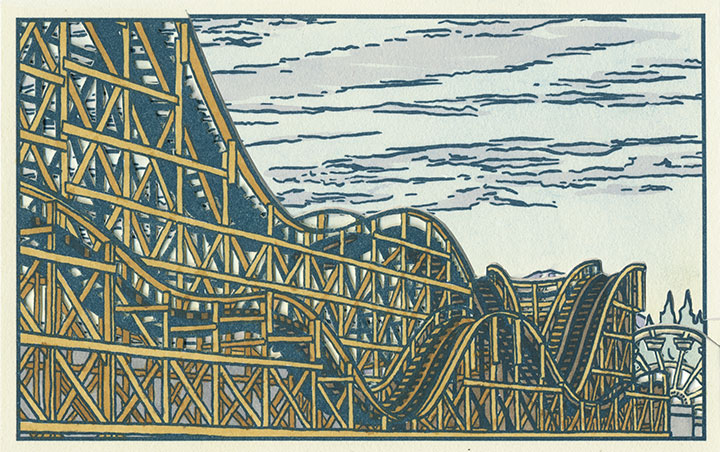
Three image flats; the mountain is almost completely hidden here.
Camp Harmony was torn down after just seven months, but the Fair continues to this day. (To my everlasting horror, the Fair’s website mentions Camp Harmony only obliquely on its “History” page—it states only that “the fairgrounds were used as a temporary shelter“—emphasis mine—during World War II. Right. A shelter where the “refugees” were imprisoned under armed guard.) And the wooden roller coaster that overshadowed Eddie Sato’s scene of the camp still stands. Now that I’ve learned the history of the place, I’ve lost my appetite for rollercoasters, funnel cakes and blue-ribbon vegetables. But the fairgrounds made for an image that dovetails eerily well with the homage to Japanese art upon which Local Conditions is founded.

Photo courtesy of Jessica Spring
And then there’s the kind of history that unfolds right before your very eyes. Remember the Luzon building?
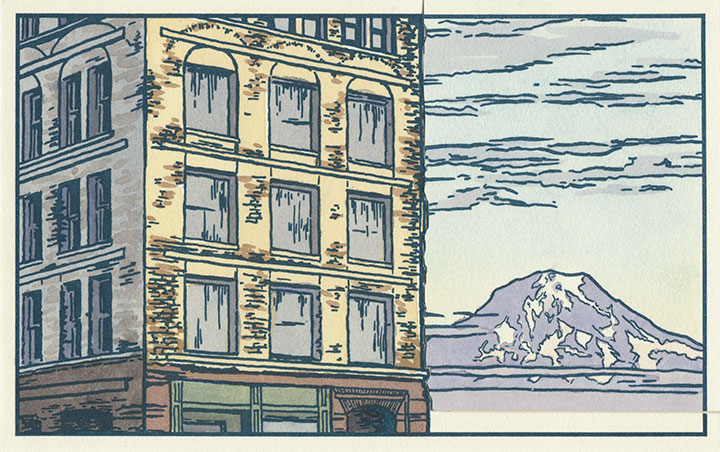
Two image flats; recognize the sky in the background?
Well, it was slated to be a part of the book from the very beginning—just by virtue of being a structure that caught my eye and that came with a good view of the mountain.
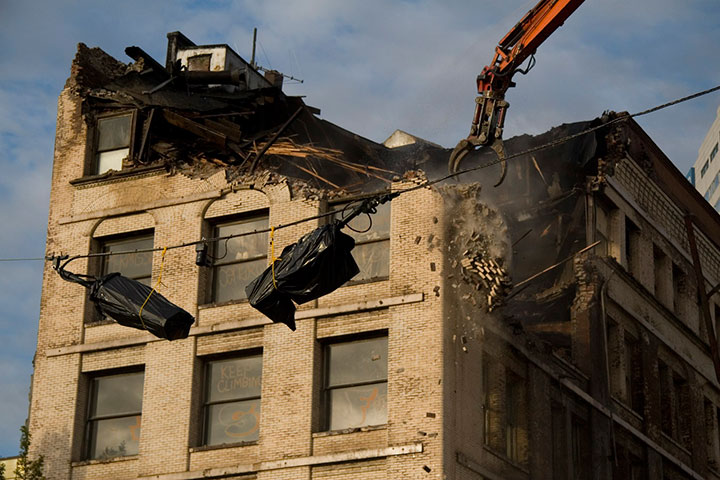
But then they knocked it down in September 2009, and suddenly I became an eye-witness, with an opportunity to document history as it happened.
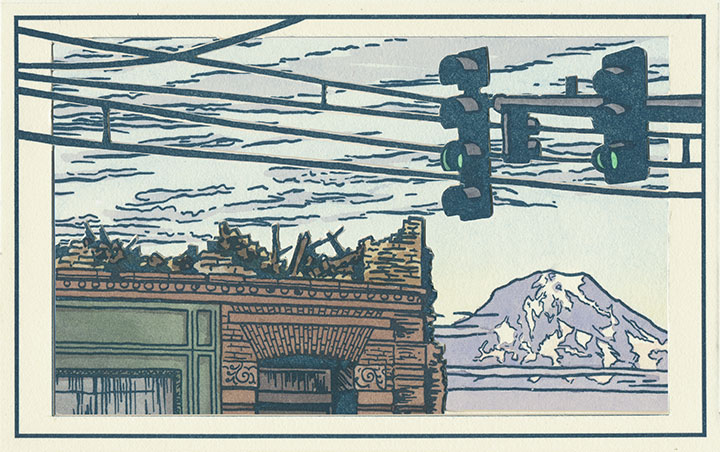
Three image flats; same mountain, drastically different view.
I wish this were an imaginary scene, but it’s moments like this that the book is all about. Now you see it, now you don’t.

Postcards circa 1910. Courtesy of the Tacoma Public Library
And to top it all off, it’s looking like Tacoma’s history is in danger of repeating itself. This is a postcard dated 1905, depicting what was an iconic view even then—the “Gateway to the City of Destiny.” The building on the left is the former Northern Pacific Railroad Office; on the right is Old City Hall.
Tacoma built a new city hall a few blocks away in the 1930s, but both the Northern Pacific building and Old City Hall still stand—the addition of a freeway the only major change to the site pictured. But on November 24, 2010, after an unusual cold snap, a pipe burst in Old City Hall—soaking the walls, ceilings and floors with 30,000 gallons of water. With extensive flood damage and the building owner entering foreclosure, the building faces an uncertain future. I only hope it doesn’t go the way of the Luzon.
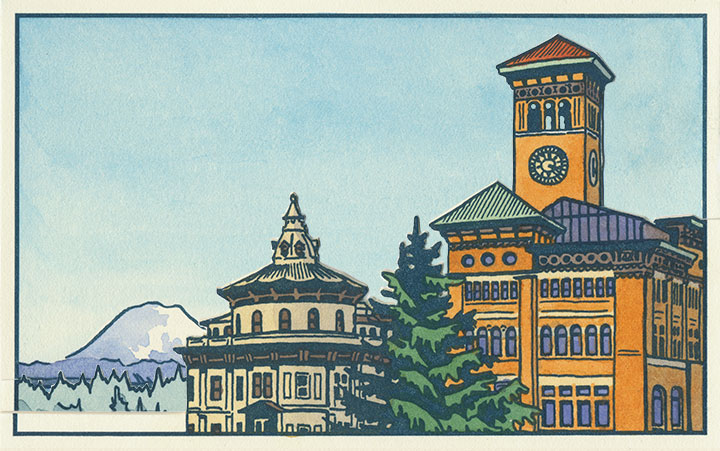
Three image flats; there’s an individual print version in the shop.
When I started this project, I had no idea of what I was getting into. I knew that I would stumble upon some pretty fascinating history, but I never would have guessed that a fountain, some fairgrounds and a pile of bricks would draw me in so completely. But now I’m hooked—and the best part is that after all this work, I no longer feel like an outsider looking in.
This is my history now, too. For better or worse, I want to see how it all plays out.
January 1st, 2011
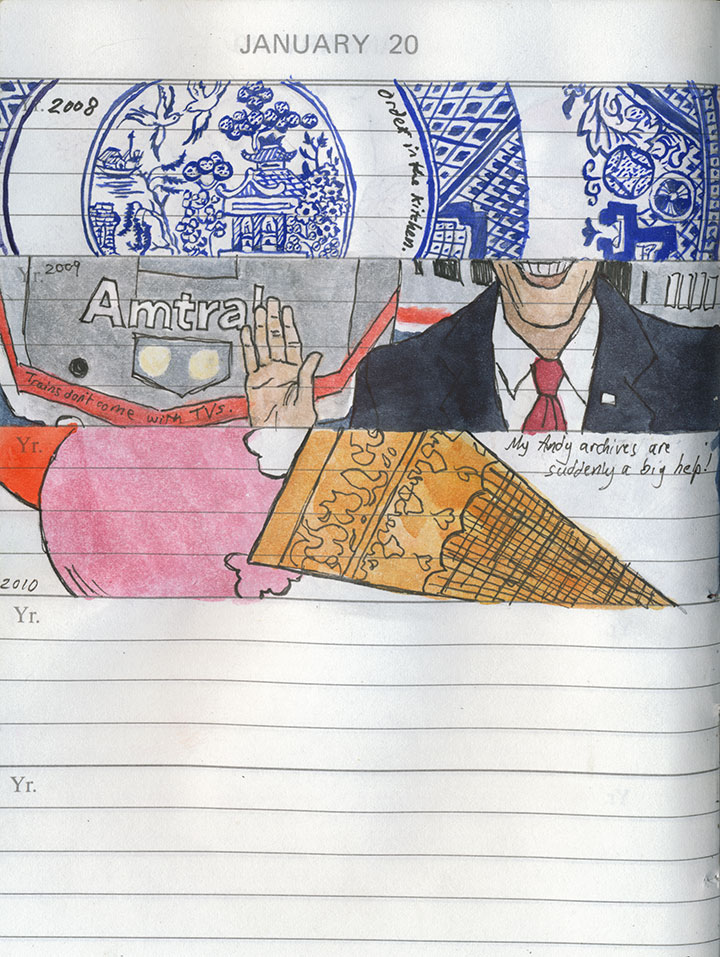
This might seem a little strange, coming from me, but the New Year’s resolution at the top of my “art” category is to draw more.

I mean that I’d like to spend more time with my sketchbooks—with everything else that happened last year, there just didn’t seem to be a spare second for observing the moment and jotting it down.
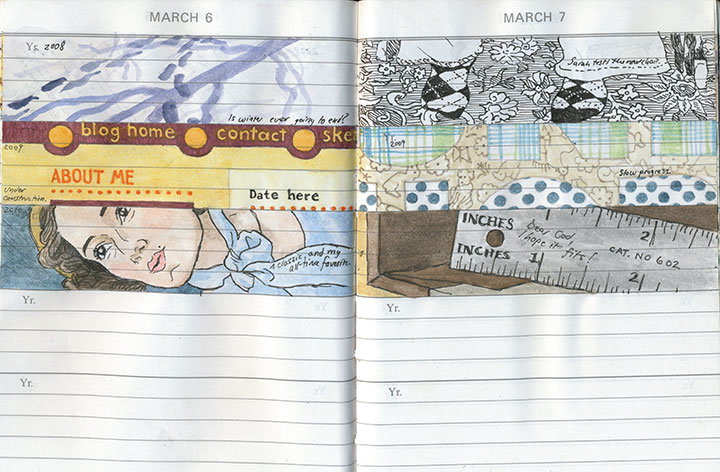
The daily book was about the only thing that received any attention, and even it spent the entire year on the back-back-back burner.

I still have quite a bit of catching up to do there, though—
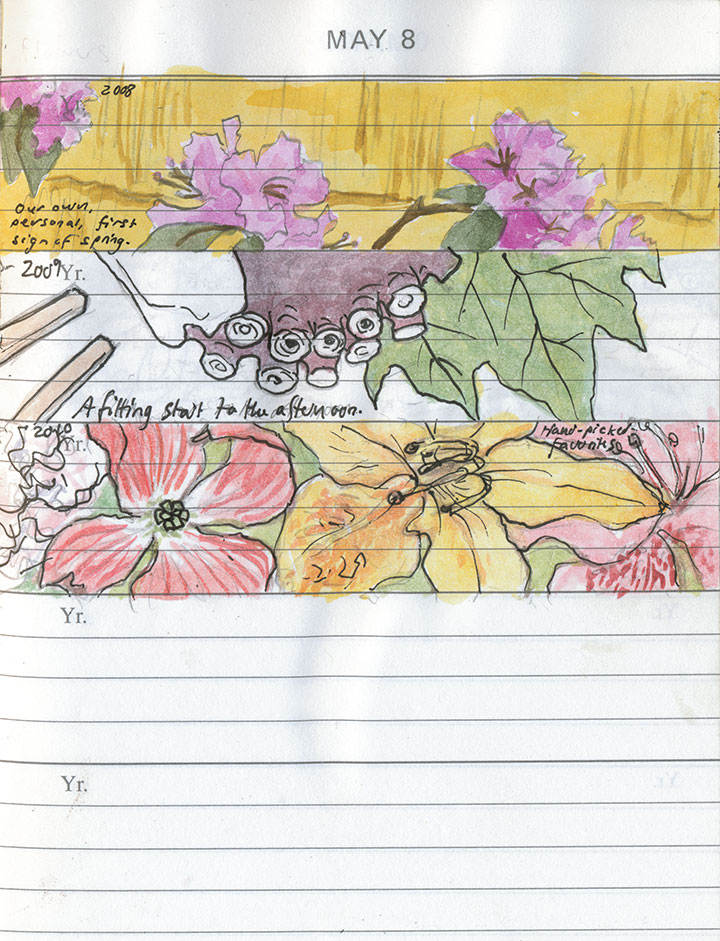
so that’s where I’m going to start.
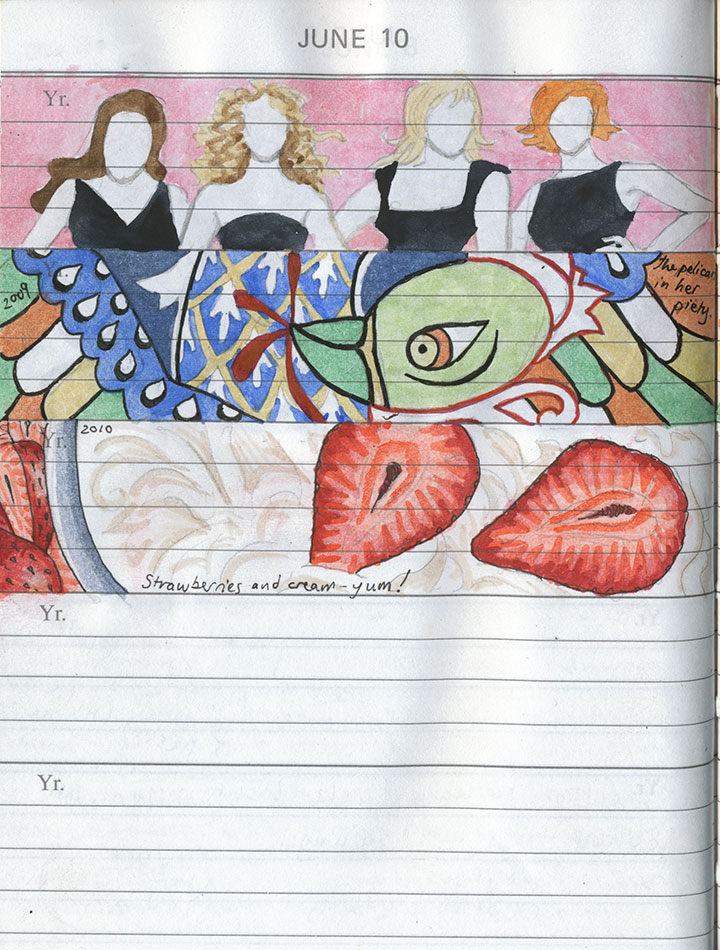
It’s a daunting prospect; even just filling in half-finished sketches (maybe I should have shown you those instead!) amounts to a huge time investment, and a mountain of work.
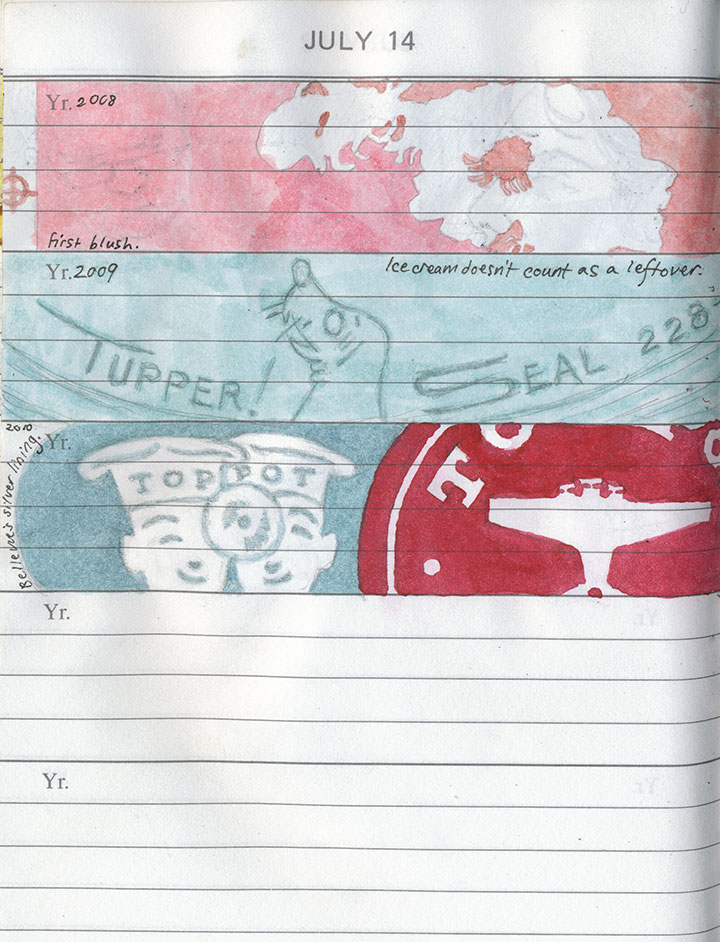
But I’ll get there. And besides, it’s those last two blank slots on every page that interest me the most.
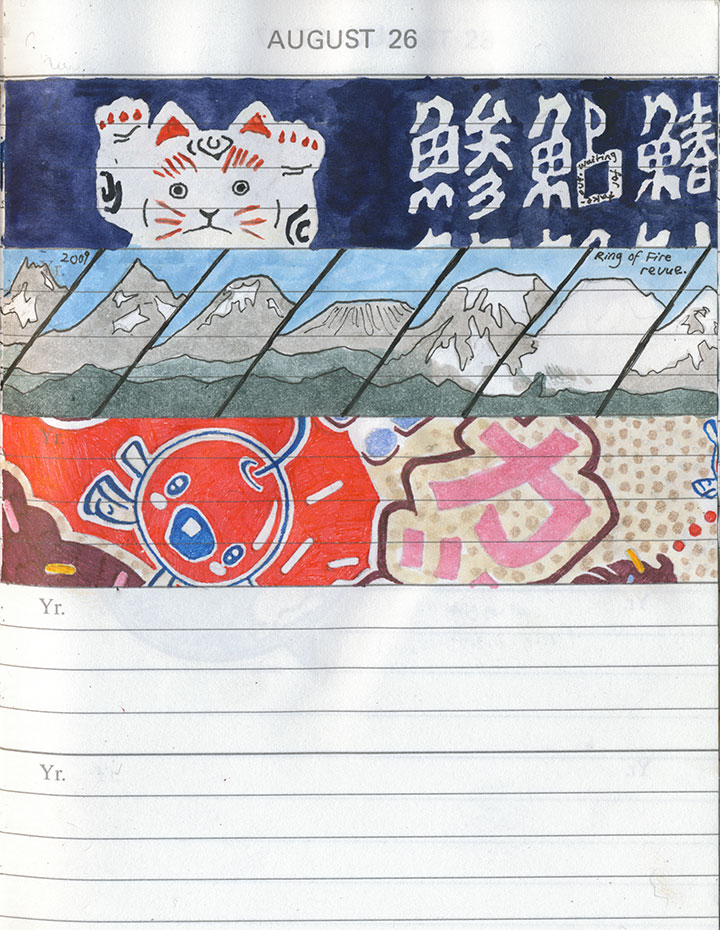
They stand for the future that’s unwritten, and I find I can’t imagine what could possibly complete the picture—nor could I ever have predicted what has ended up here thus far.
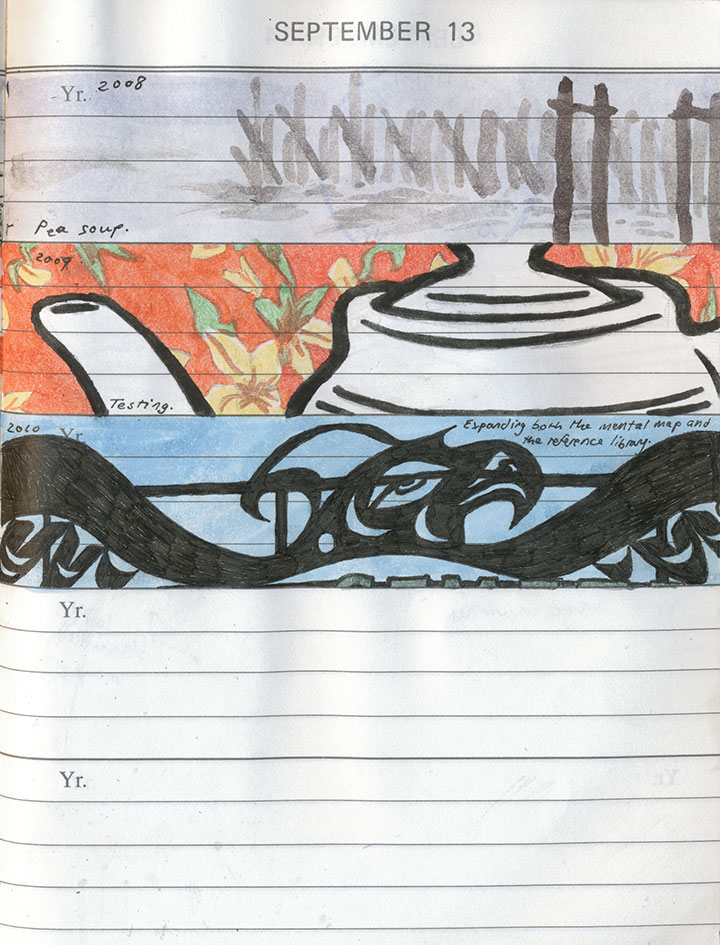
When I first started this project, it seemed like a painfully slow undertaking.

But now I’m surprised at how quickly the book is filling up,

and I’m anxious to find out what will fill out this page—and the next, and the next.
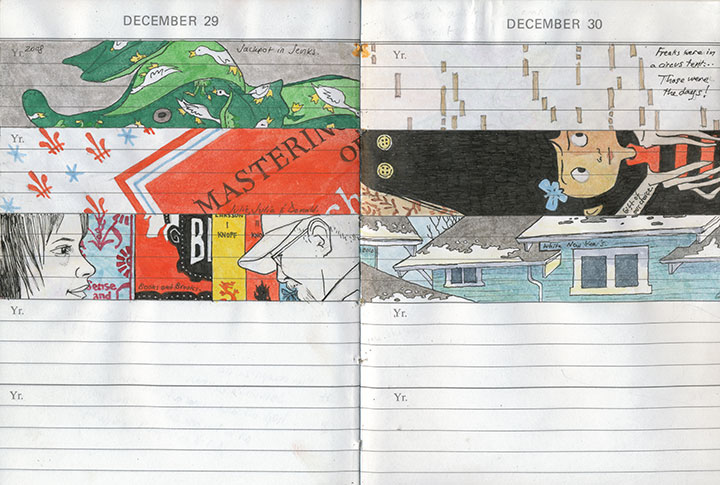
Well, today I flip the book back to the beginning, pencil in hand—and so I’ll find out soon enough.
Happy New Year!
December 25th, 2010
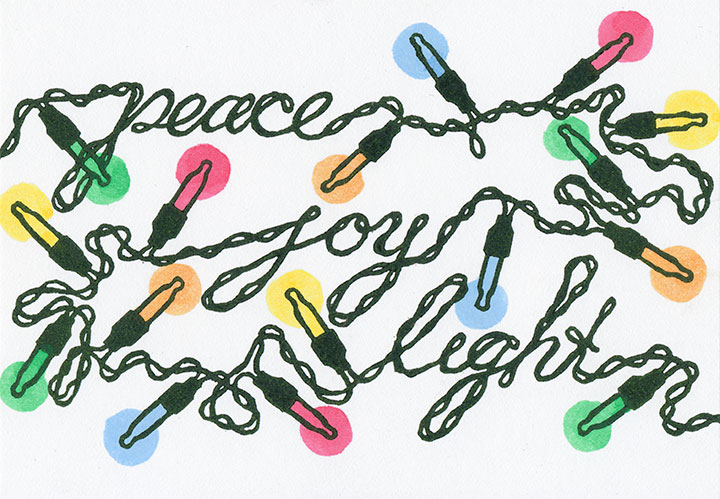
I was afraid I wasn’t going to have any holiday photos to show you—when I was in Portland the other week, my camera took a nosedive after being bumped off my shoulder in a crowded room.
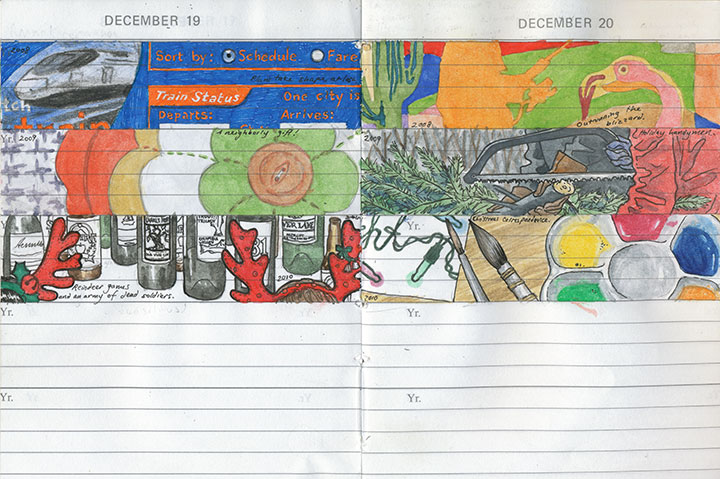
Snippets from my daily journal
So I shipped the lens off to the good folks at Canon for repair, and switched to paper for awhile.

One of Maurice Sendak’s eye-candy stage sets for the Pacific NW Ballet’s Nutcracker
My favorite thing about sketchbooks is that I can take them anywhere—including places where cameras, functioning or not, are strictly verboten.
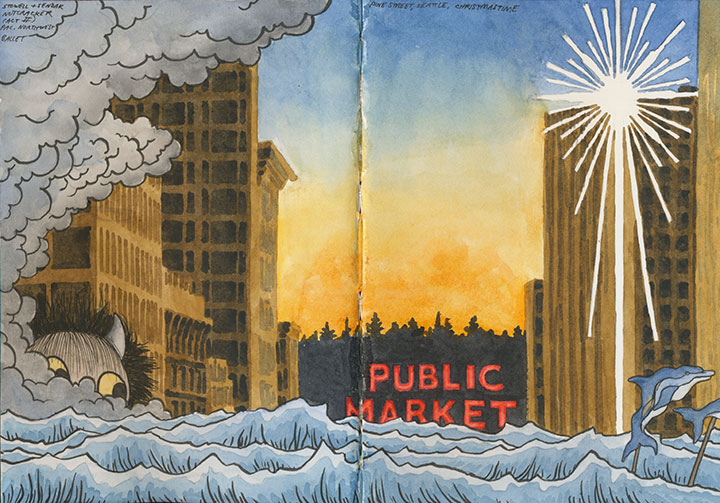
More Nutcracker scenery, plus Christmas on Pine Street in Seattle
The downside, though, is that it takes me a lot longer to draw a picture than to shoot one—so my output is always smaller than I’d like.
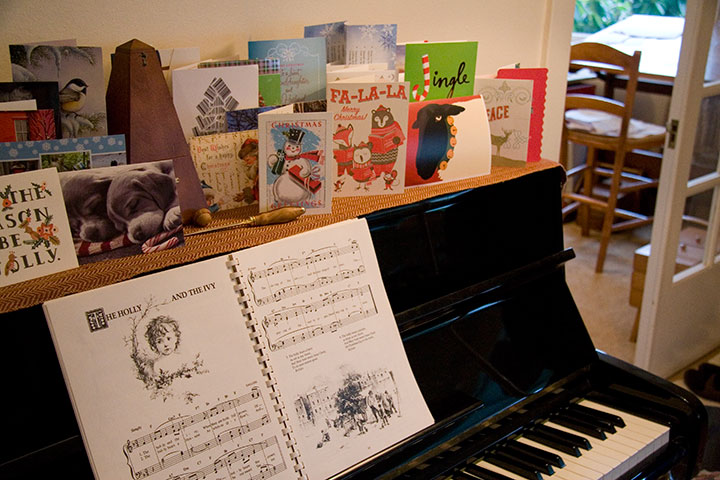
But then the Fedex guy showed up with my lens, good as new and just in time for Christmas.

I managed to refrain from hugging him, and then hopped around the house in manic glee, documenting the holiday the Tailor and I have spent all week creating.
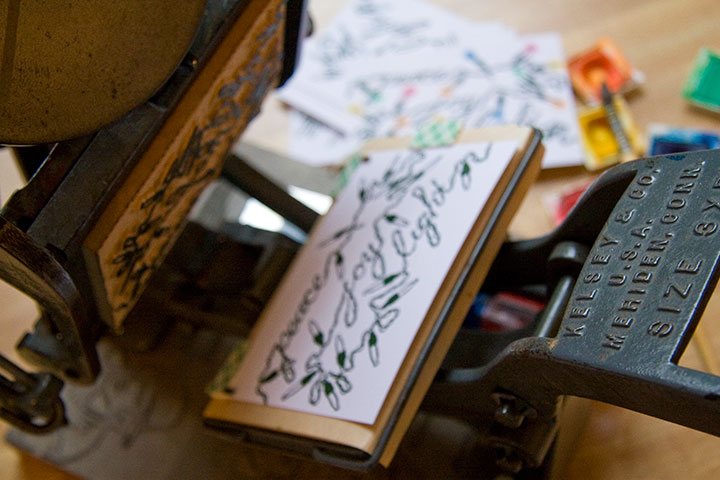
(We finally broke down and bought twinkle lights for the tree; which provided the perfect inspiration for this year’s card!)
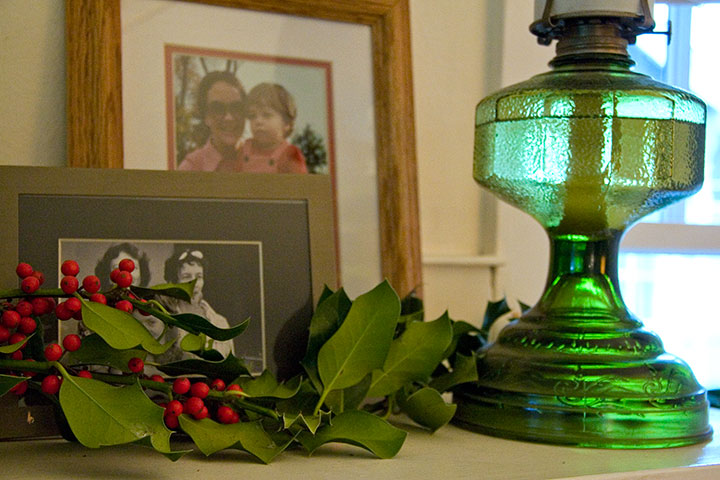
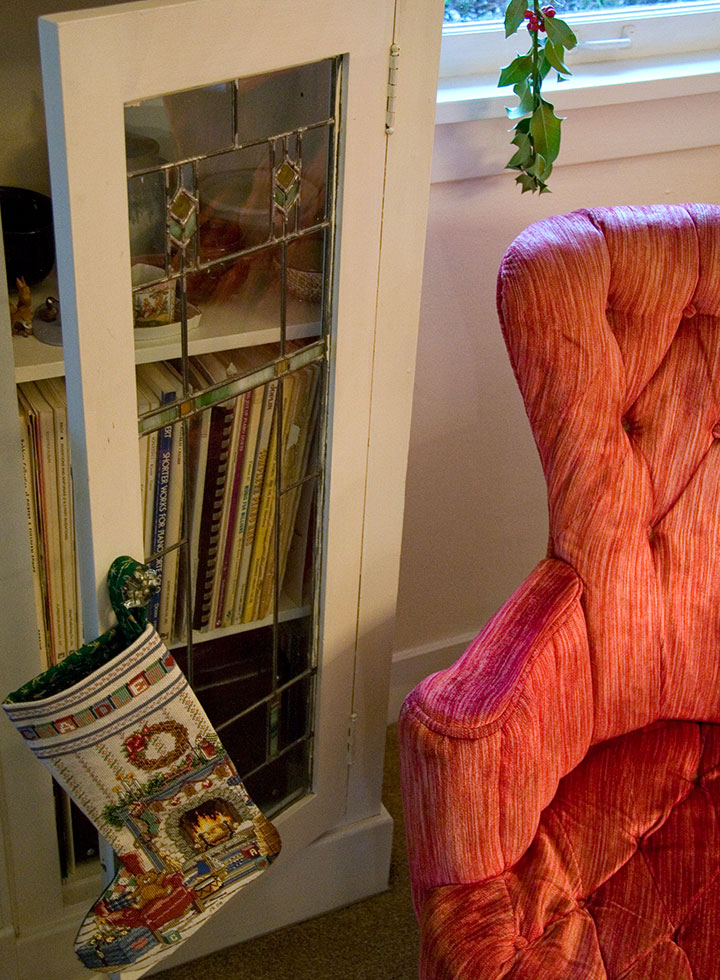
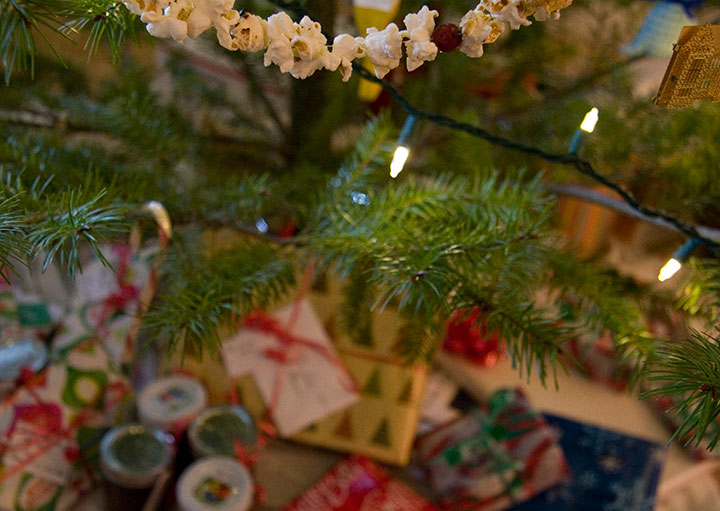
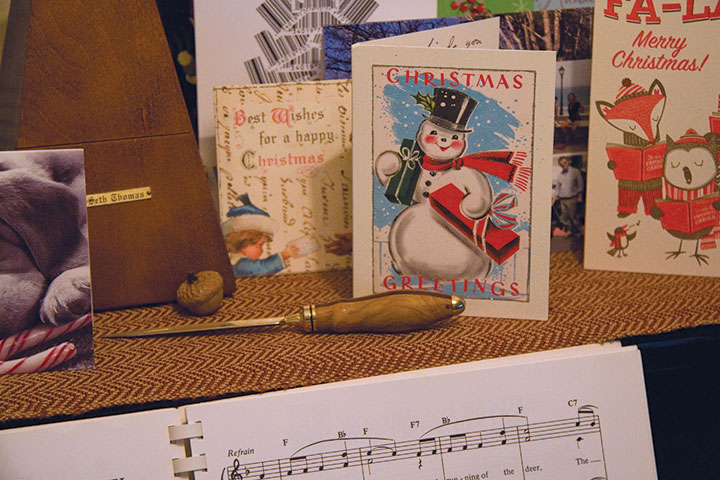
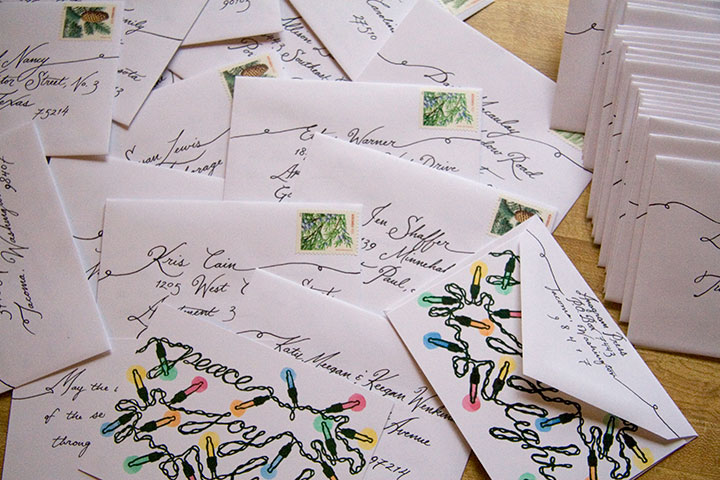
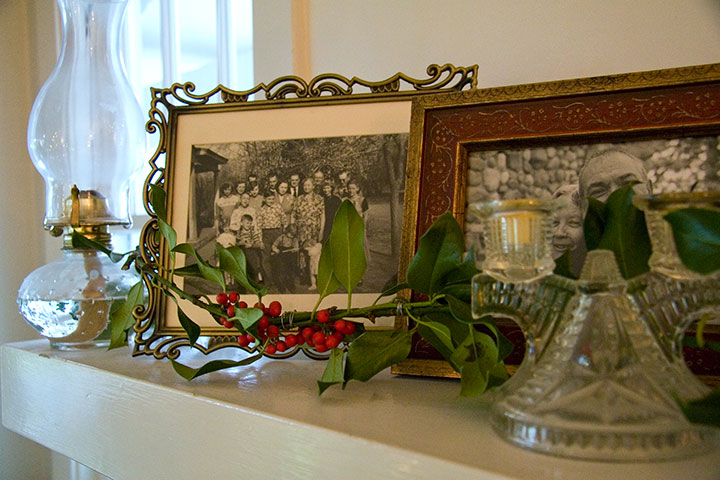
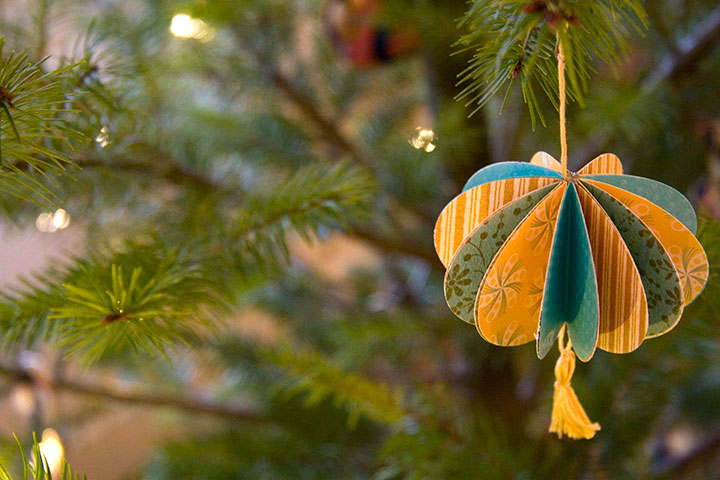
Wherever today finds you, have a warm, cozy, abundant, and very merry Christmas.
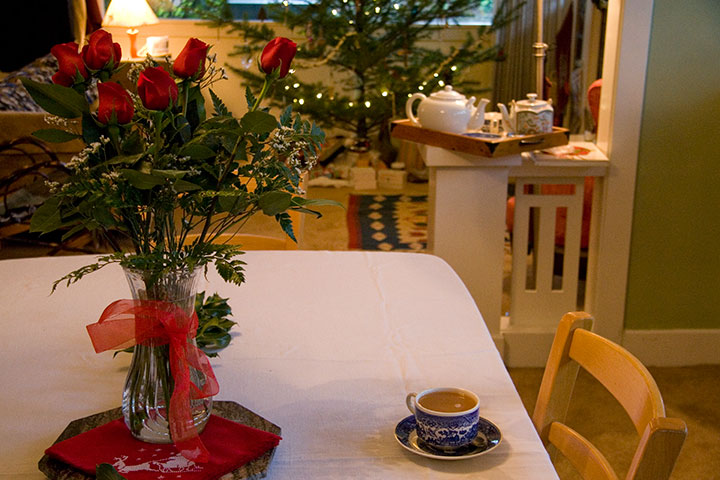
November 17th, 2010
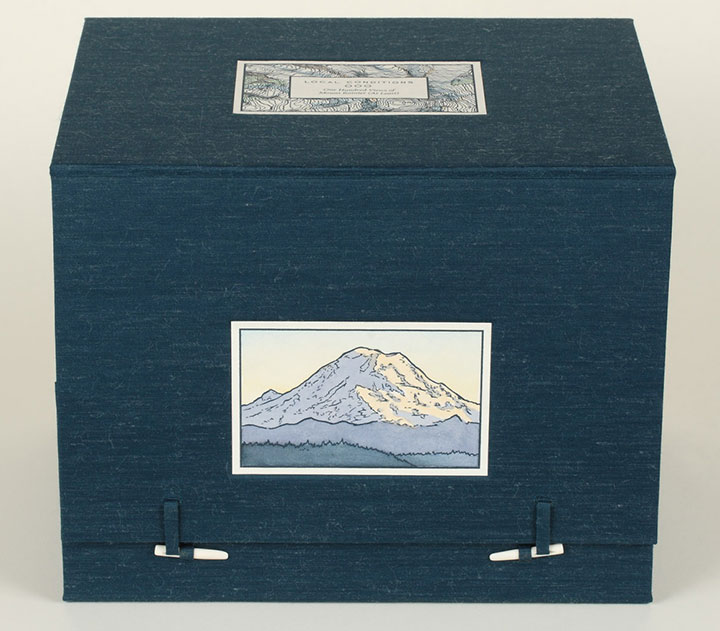
I’ve been hemming and hawing about how best to share this thing with you. Even with Sarah’s excellent photography, it’s just a lot more difficult to explain how it works when I can’t hold the book out into space and demonstrate in real time. It’s a problem with every artist book out there—an interactive sculpture, complete with moving parts, that also happens to tell a story is just dern hard to document.
So for now, I’m going to go through the mechanics of the thing, step by step, and go into the whys and wherefores in other posts. And for those of you who might not be familiar with the term artist book, you’re going to find out really quickly that this isn’t your basic hardcover book. The definition of “artist book” is way too broad to go into within this post (click the above link to go to what I wrote on my F.A.Q. about it), but I’m hoping that by the time you get to the bottom of this post, you’ll have an idea of just how broad the term can be—and what crazy things can happily fall into the category.
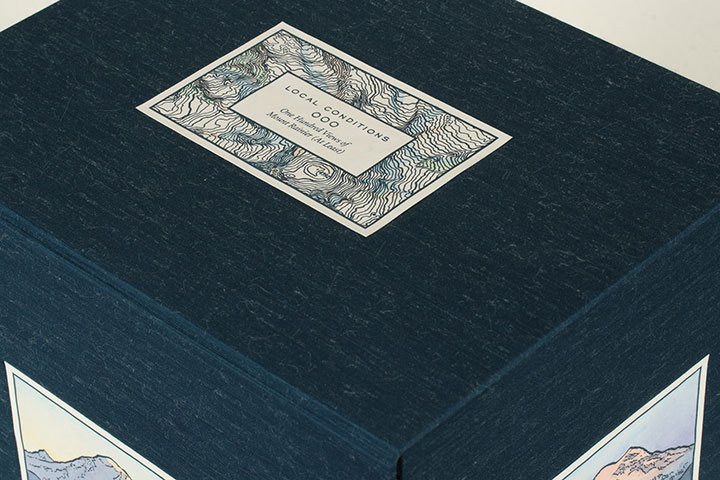
Okay, let’s start with the box. When it’s all closed up, Local Conditions is almost a cube (a 10-inch cube that’s heavy enough to be hiding a sack or two of flour inside). On the topmost face of the box is the frontispiece, containing the title and a topographic map illustration of the summit of Mt. Rainier.
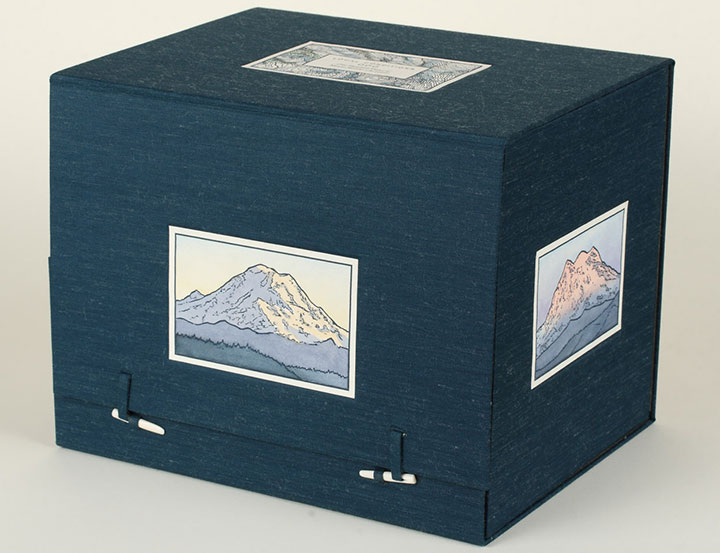
The north, south, east and west sides of the box are faced with illustrations of the corresponding faces of Rainier, each depicting the mountain at sunset.
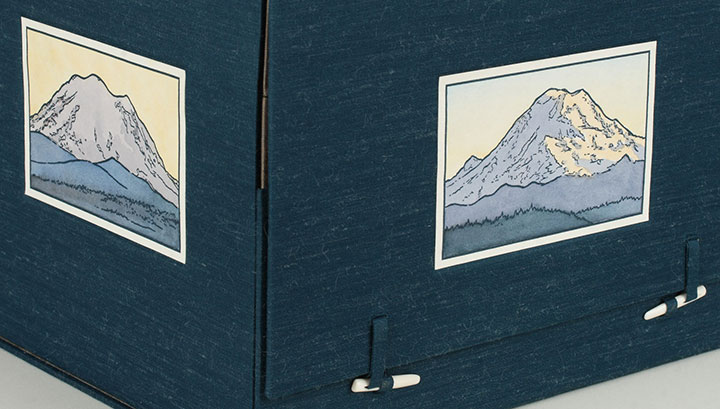
(That’s the eastern face on the left, and the north face beside it.)
Now, those two little bone clasps hold the thing together, and when you flick them out of their loops,
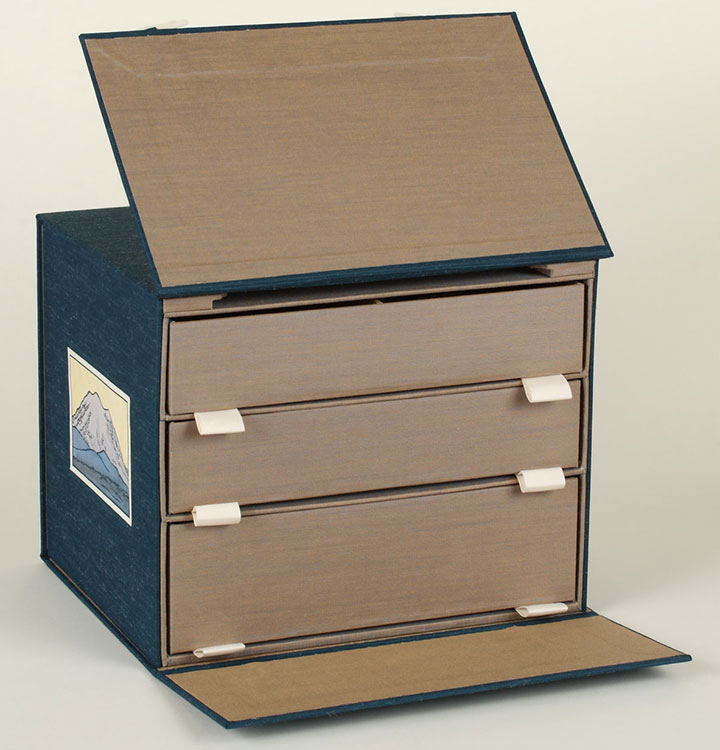
the book opens up, revealing a chest of drawers. Keep pulling on the flap you just raised,

and you’ll find that you can take the whole outer wrapper off and read the colophon (see below) printed on the inside.
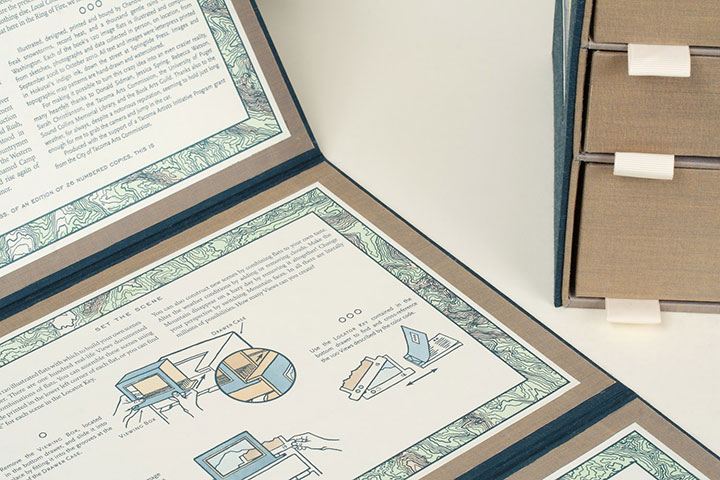
The other panels on the wrapper include detailed instructions on everything the book does.

Next, let’s open the drawers—nested in the bottom one you’ll find a Viewing Box (yeah, I know … a box, within a box, within a box … sorry.) that consists of a window, a background panel, and two tabs that stick out from either side.

The tabs match up with the grooved unit at the top of the chest of drawers, and the Viewing Box slides into place.

So now the box is fully expanded, and the book is assembled for use. Now comes the fun part.
Take a closer look at the Viewing Box, and open the top two drawers.

Inside the drawers you’ll find a series of cut-out cards, each printed with a different image. These little image flats slide right into the slots of the Viewing Box,
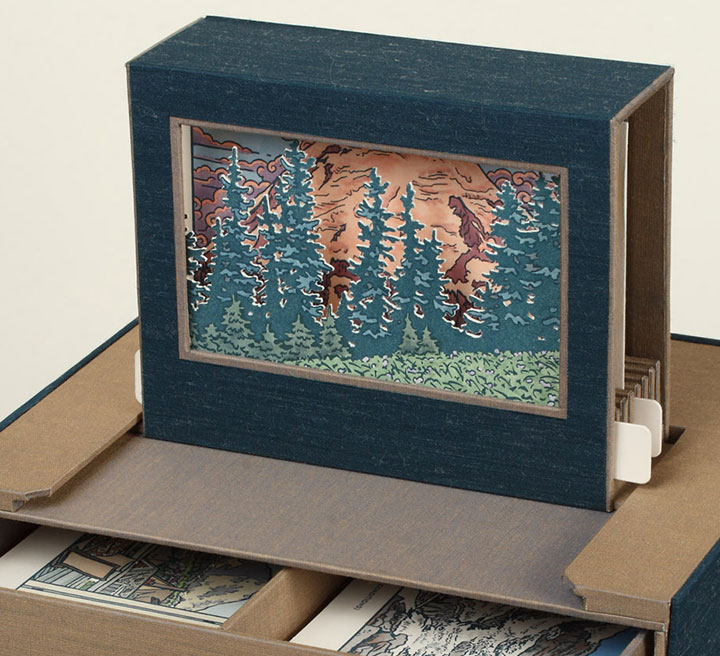
and face out the window to form an instant picture—kind of like an old-fashioned stage set.
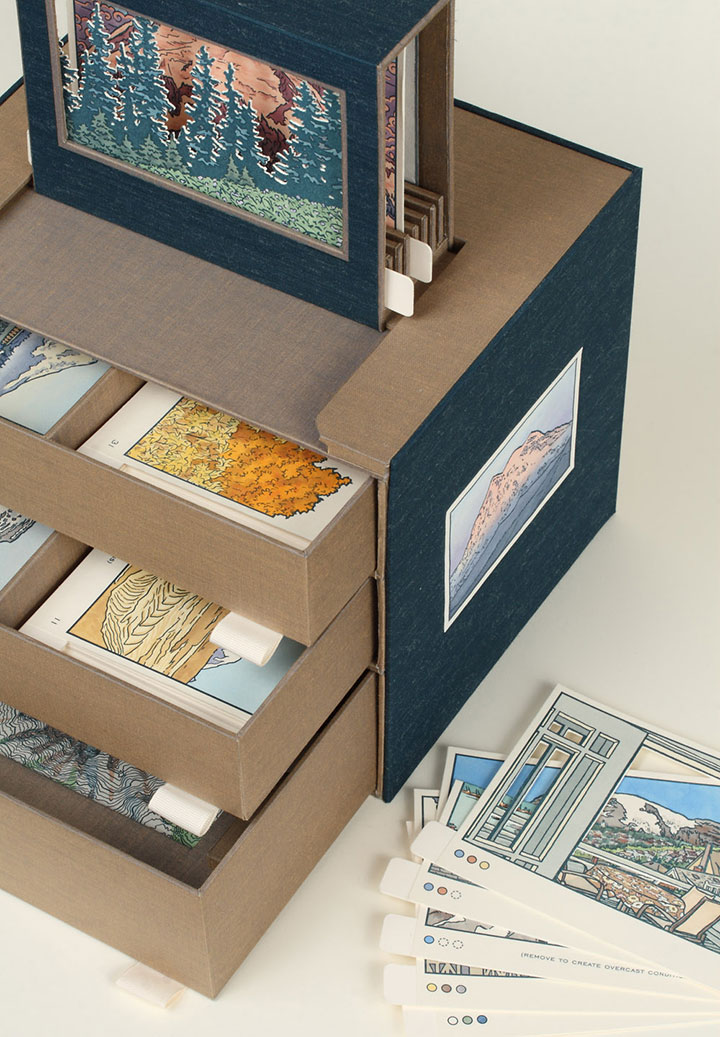
Now here’s the thing:
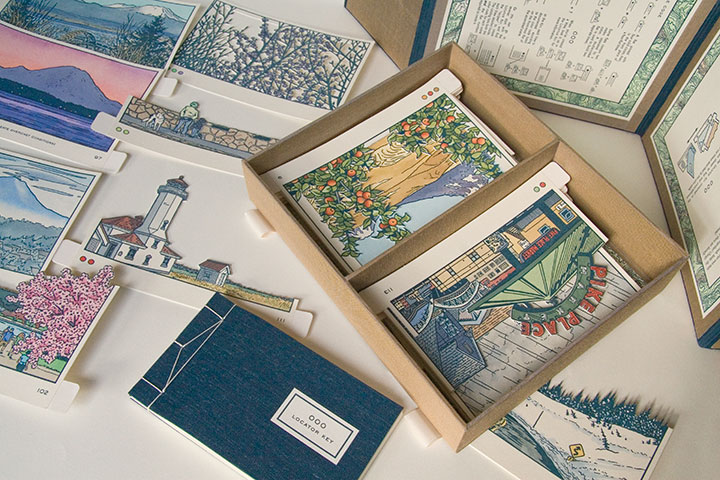
There are 120 flats to choose from. One hundred and twenty. Each one hand-printed, hand-painted, hand-cut.

By combining, layering and switching the flats in and out of the Viewing Box, you can create seemingly endless scenes of Mt Rainier. I came up with one hundred, and documented them as part of the book (again, I’ll elaborate later), but I’m more interested in how many you can dream up.
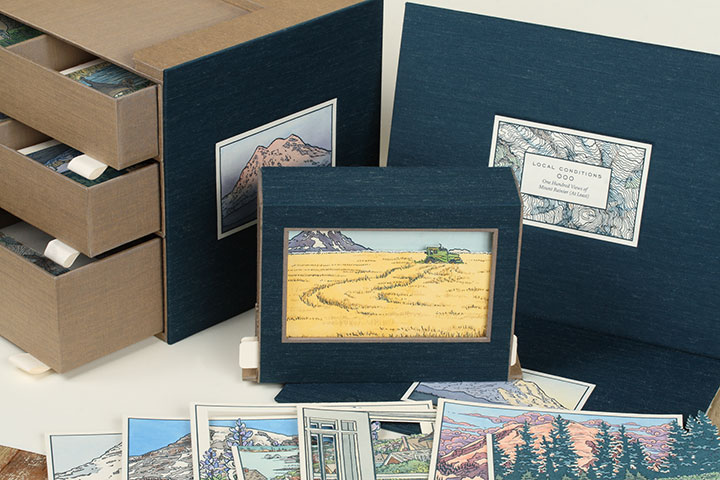
(Hint: a lot. Thousands. Millions. To be precise, 1.4 x 1015, or 1.4 quintillion, if you really wanted to push the envelope.)
• • • • • • • • • • • • • • • • • • • • • • • • • • • • • • • • • • • • • • • • • • • • • • • • • • • • • • • • • • • •
Local Conditions: One Hundred Views of Mt. Rainier (At Least)
Edition size: 26 numbered books and 5 roman-numeraled artist proofs
Book size: 10 x 8 x 8 inches when closed
Viewing window: 3 x 5 inches
Artist book consisting of viewing box and 120 image flats, illustrated and compiled from data collected in person, on location, over the course of two years. Housed in a set of drawers with nested stab-bound book and Japanese-style outer wrapper. Images and maps are hand-drawn, letterpress printed and individually hand-painted with watercolor. All image flats are hand-cut.
For price/purchase info, please contact me.
Edited to add (November 2011): As a supplement to the artist book, I also created a suite of 15 limited-edition letterpress prints, featuring some of my favorite scenes from the book. Just like the flats in the book, each print is letterpress printed and hand-painted with watercolor. You can find all 15 prints in the shop.
Colophon reads:
Japanese artist Katsushika Hokusai (1759 – 1849) is perhaps best known for his seminal works, Thirty-Six Views of Mount Fuji and One Hundred Views of Mt. Fuji. The two series of woodblock prints, published from 1829 to circa 1847, depict the sacred peak within the context of landscapes and scenes of daily life. At the heart of the series is Hokusai’s own obsession with immortality, and his fascination with Fuji’s eternal presence.
Therein lies the rub: Fuji is anything but eternal. Beyond the usual, abstract geologic transience of eroding rock and drifting continents, Fuji is an active stratovolcano. Its days—and those of the lives and lands at its base—are numbered.
Here in Washington state, just forty miles southeast of my home, lies Fuji’s taller, more volatile, American twin. Variously named Tacobet, Tahoma and Ti’Swaq’, among others, by the region’s indigenous peoples, or simply “The Mountain” by contemporary locals—its most arbitrary moniker, coined in 1792 by Captain George Vancouver, is the one that stuck: Mount Rainier.
It’s easy to forget Rainier’s impermanence. It has presided over thousands of years of indigenous culture, followed by the encroachment and permanent occupation of white settlers. It oversaw the construction of the Northern Pacific Railroad, the fever of the Klondike Gold Rush, the splendor of the Alaska-Yukon-Pacific Exposition. It stood in judgment while the American descendants of Hokusai’s countrymen were imprisoned beside the wooden-frame rollercoaster of the Western Washington Fairgrounds, at the internment center nicknamed Camp Harmony. And it has watched the rise and decline and rise again of Tacoma, the City of Destiny lovingly misnamed in its honor.
Yet all the while, Rainier has changed as much as the tableau at its feet. Its volcanic restlessness shifts its form, as our capricious Northwestern weather masks its appearance. It hides, or dominates, depending on the time of day or year. Even we have proved a catalyst, as our warming climate chases its alpine glaciers into retreat at the speed of industry.
And one day—whether tomorrow or in a million years, in an explosion of ash or by the erosion of time—Mount Rainier will disappear completely. I can’t begin to predict the future, but I can attempt to capture the present moment. One hundred present moments, to be exact. If nothing else, Local Conditions is a reminder of the lesson of this place: that here in the Ring of Fire, we never see the same Mountain twice.
* * *
Illustrated, designed, printed and bound by Chandler O’Leary, through freak snowstorms, record heat, and a thousand gentle rains in Tacoma, Washington. Each of the book’s 120 image flats is illustrated and compiled from sketches, photographs and data collected in person, on location, from September 2008 to October 2010. All text and images were letterpress printed in Hokusai’s indigo ink, down the street at Springtide Press. Images and topographic map patterns are hand-drawn and watercolored.
For making it possible to turn this crazy idea into an even crazier reality, many heartfelt thanks to Jessica Spring, Sarah Christianson, the Tacoma Arts Commission, the University of Puget Sound Collins Memorial Library, and the Book Arts Guild. Thanks also to the weather, for always, despite a notorious reputation, seeming to hold just long enough for me to grab the camera and jump in the car.
Produced with the support of a Tacoma Artists Initiative Program grant from the City of Tacoma Arts Commission.
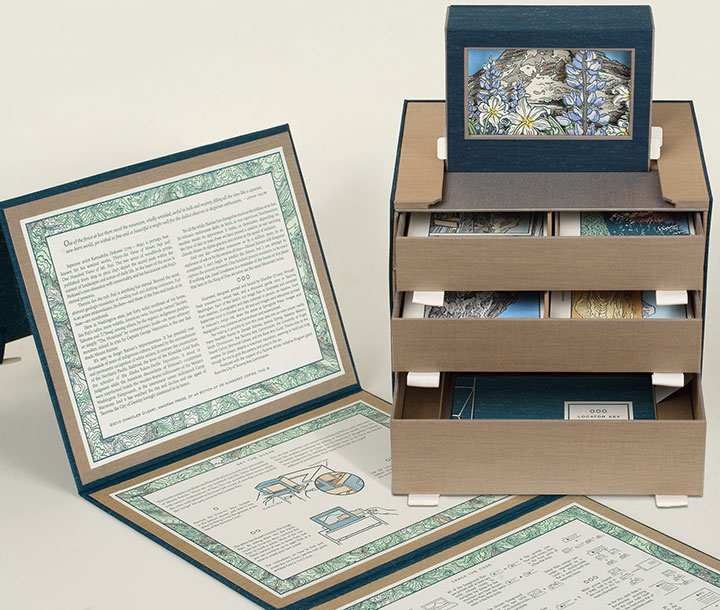
November 14th, 2010
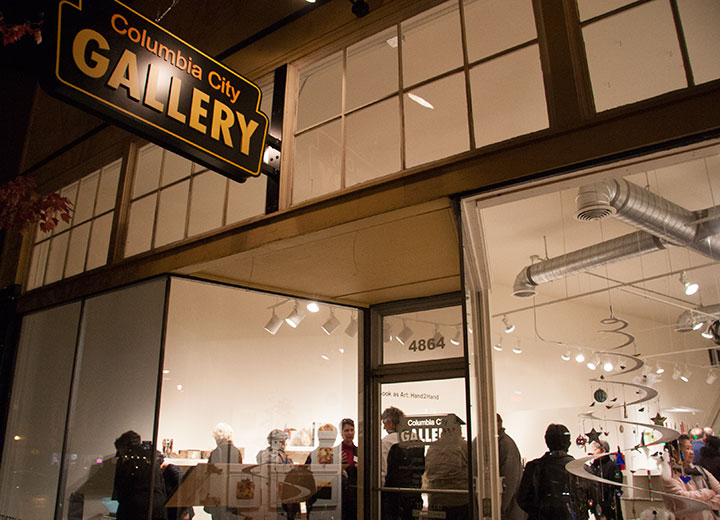
I know I’ve made quite a fuss over my new artist book, but while all my energy has gone into putting that one out into the world, one of my older books is also getting some more time in the limelight.
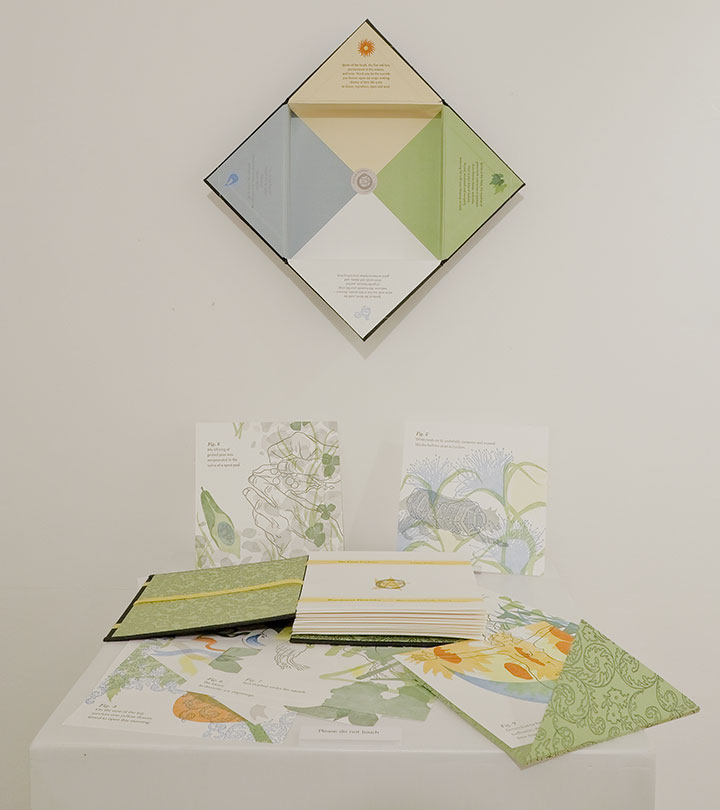
Photo by Nathaniel Willson
This fall you can find The Faery Gardener on display in Seattle, along with many other contemporary artist books by Northwestern printmakers, designers, illustrators and binders.
Hand2Hand: The Book as Art
Exhibit runs through January 9
Columbia City Gallery
4864 Rainier Ave. South, Seattle
When I first started making artist books, you would have been hard-pressed to find a gallery show centered on the subject. Now this sort of exhibit is everywhere—I mean, I’m just one artist, and I’ve been in several this year alone! It seems like the book arts are just another, well-accepted part of the fine arts—and that’s what I’ve been hoping for, all along.
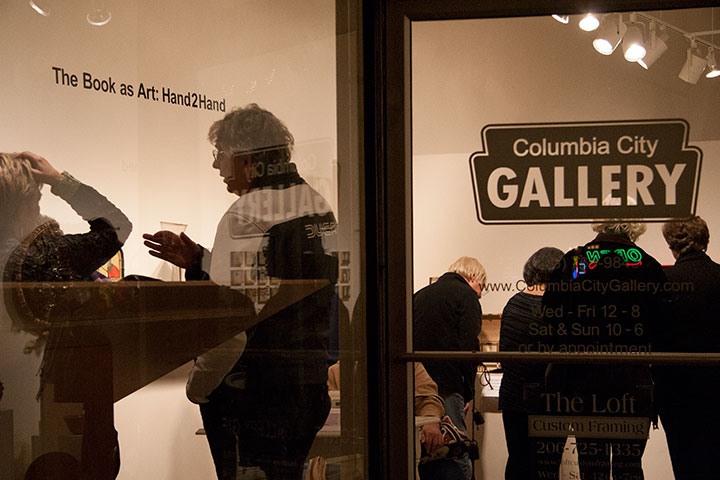
November 9th, 2010
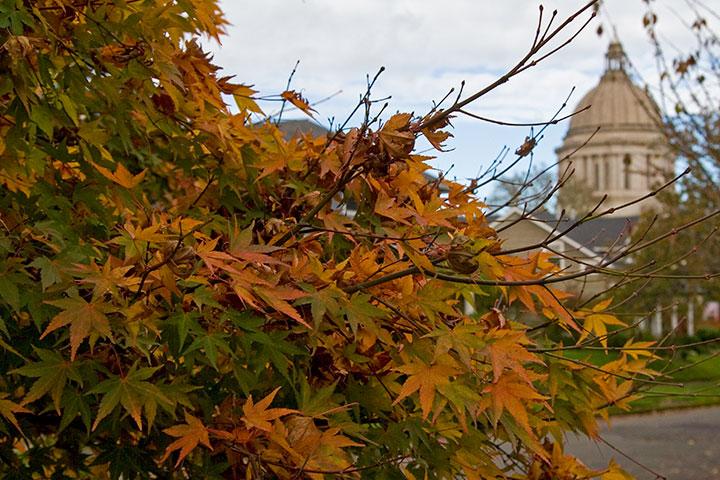
I woke up this morning after the first full night’s sleep in over a month, and celebrated by breaking the recent routine of studio-studio-studio entirely. I ignored the computer, bundled up, and headed down to the state capitol in Oly for a once-in-a-century party.
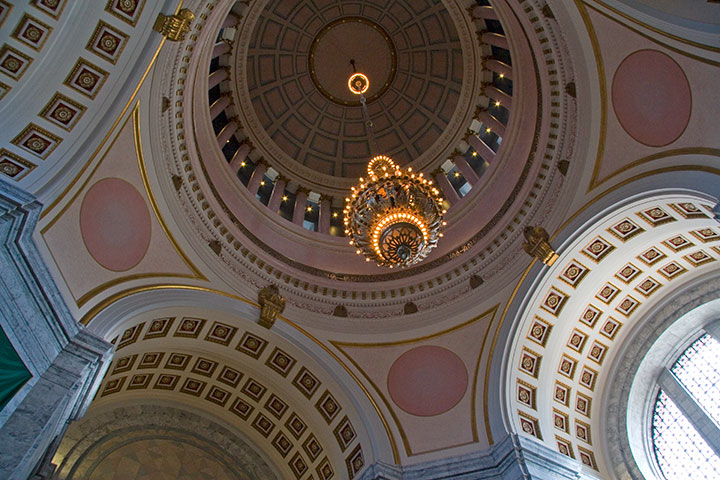
One hundred years ago today, the state of Washington approved an amendment to the state constitution granting women the right to vote.
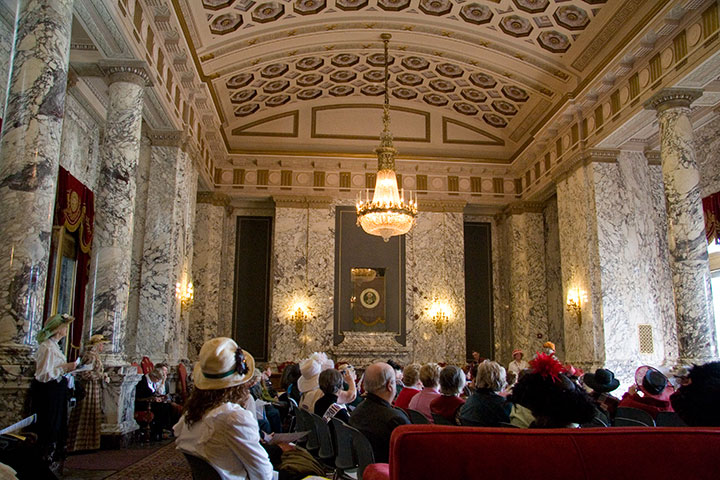
To celebrate the occasion, the capitol rotunda played host to the Centennial Day of Jubilation. Forget collaborating on Jell-o recipes; I think even May and Emma would have agreed on how cool an idea this was.
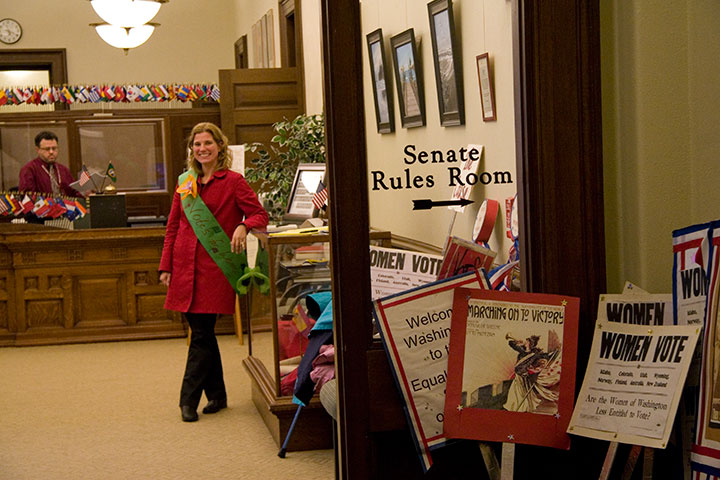
Everyone in the Rotunda got in on the action. The Lieutenant Governor’s office, here, was transformed into a picket line,

while reenactors turned the foyer into a debate chamber.
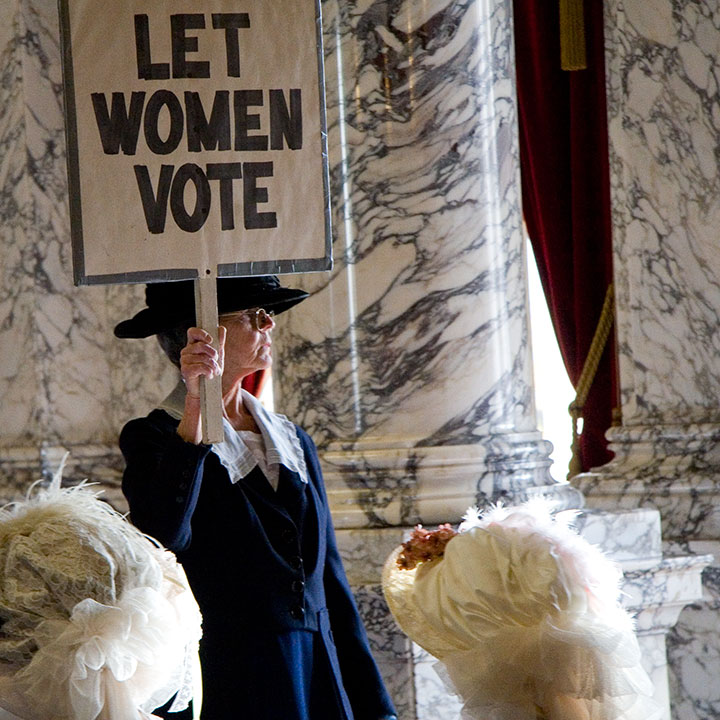
And upstairs, in the Reception Room, a feisty demonstrator channeled the spirit of the suffragists—

and did her best to drag the audience into the past with her.
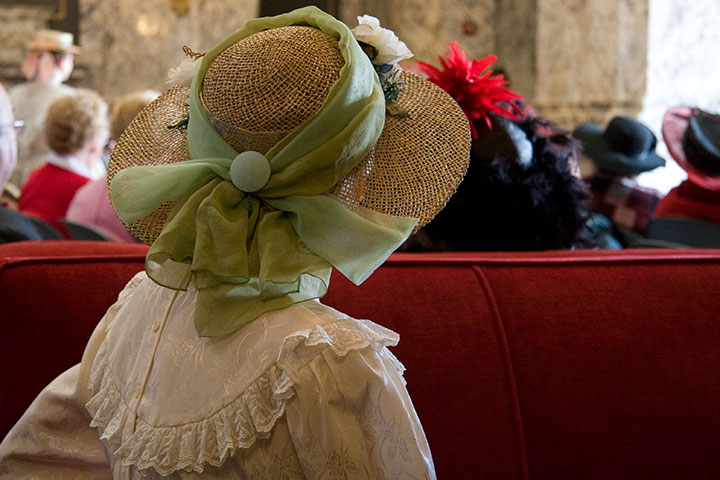
It’s too bad I don’t own any Edwardian clothing—I felt a bit underdressed for the occasion.
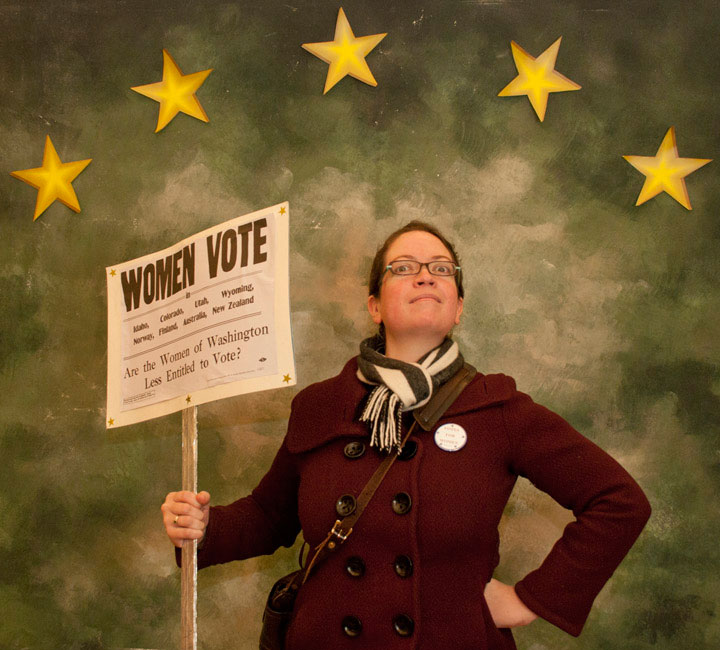
Still, I managed to channel my inner suffragist, even without the corset and bustle.

And on my twenty-first century overcoat, I found a way to wear a little pride. In my head I did a little thank-you salute to all the Washington suffragists of old. Ladies, we couldn’t celebrate without you.
October 4th, 2010
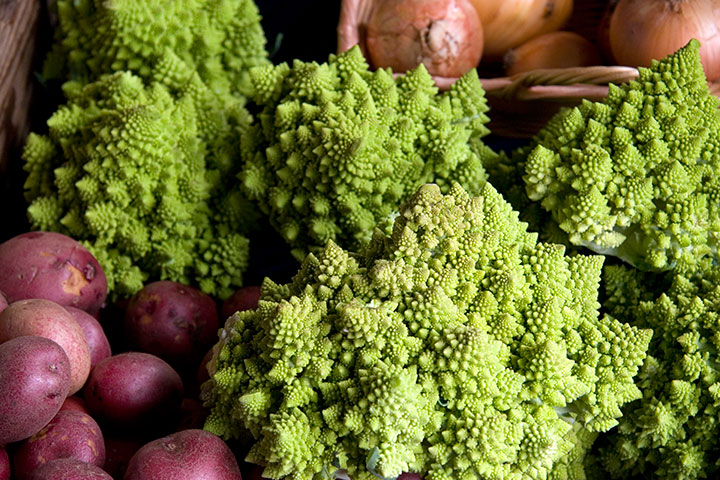
Somehow I’ve managed to tear myself away from the massive pile of drawings a couple of times in the past two weeks—once for a quick trip to the wonderful Olympia Farmers Market to pick up a few things. (Look, fractal geometry!)

Okay, maybe “few” is stretching the truth a bit, since one of those items was fifty pounds of organic romas, destined for tomato sauce. These babies are a month late, and we’re lucky to have them at all. It’s been a dismal summer for tomato growers here—but hey, it’s nice to have that one last bit of summer when you can get it.
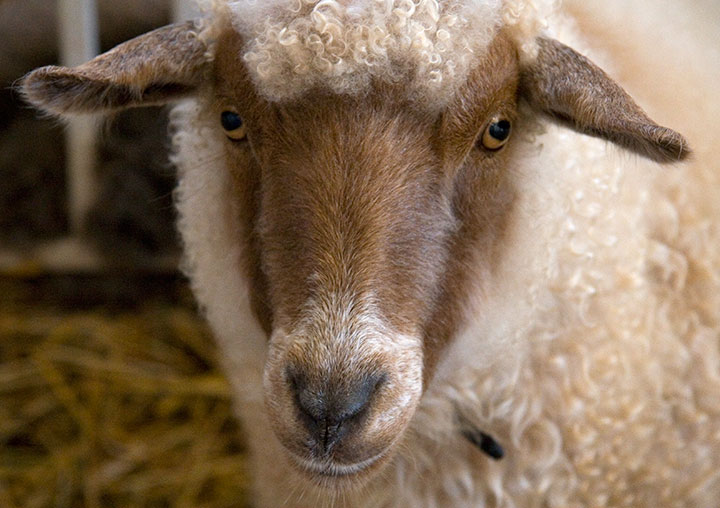
The other time was for a little taste of the winter to come—at the Oregon Flock & Fiber Festival. The place had me dreaming of winter silence and warm, woolly sweaters.
Maybe if we hurry up and can those tomatoes, sweater weather will come faster!
September 22nd, 2010
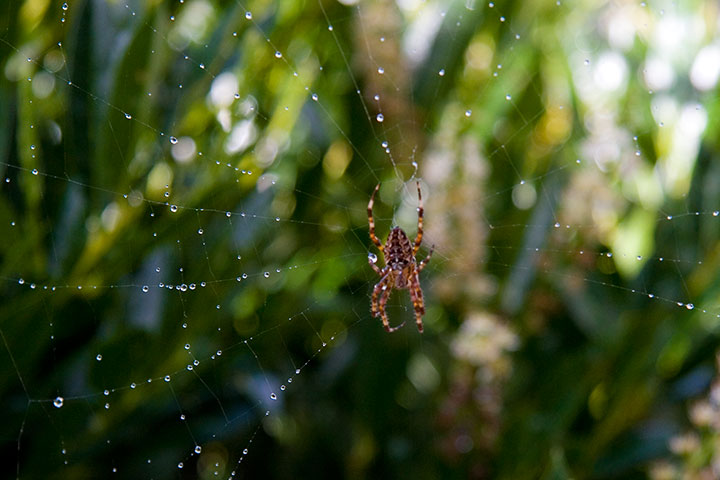
I don’t need the calendar to tell me that fall has arrived. For one thing, the enormous garden spiders are back, guarding our house and reveling in the rain that’s come early this year.
For another, when the sun finally came out, and the skies cleared, the air was suddenly crisper, thinner, fragile in its warmth.
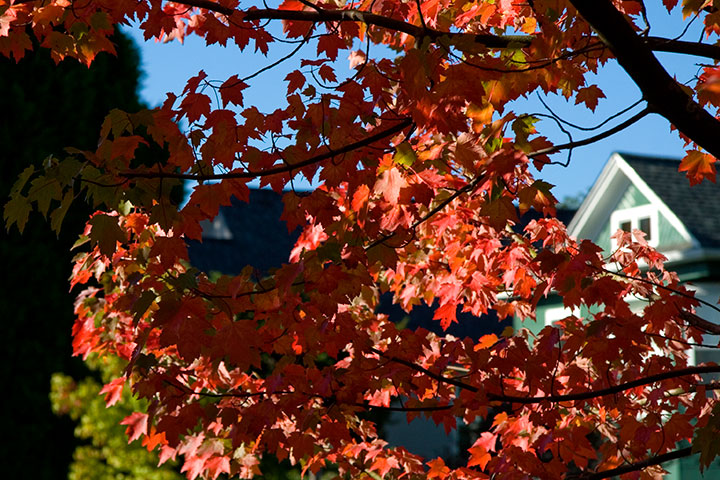
And the trees—
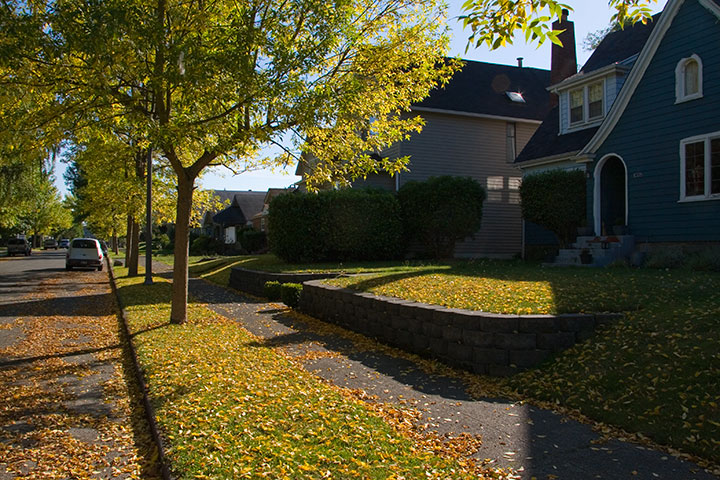
the trees.
I blinked, and it was autumn.
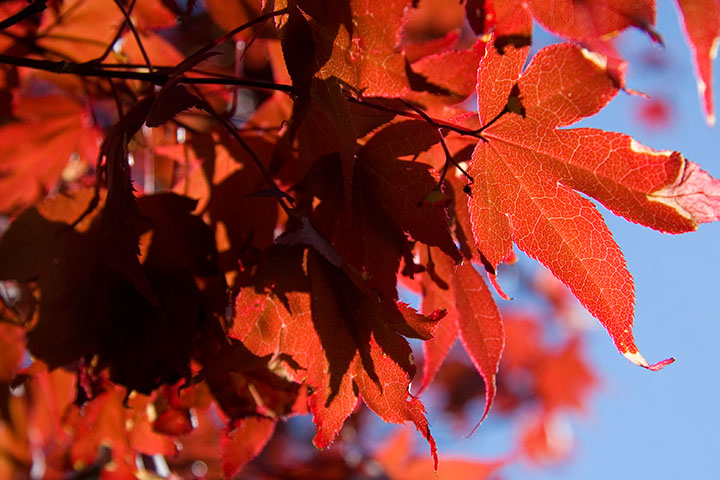
Good thing I was paying attention. I don’t want to miss it.
Happy fall, everyone!

![Chandler O'Leary [logo]](https://chandleroleary.com/wp-content/themes/chandleroleary/images/logo.png)


































































































